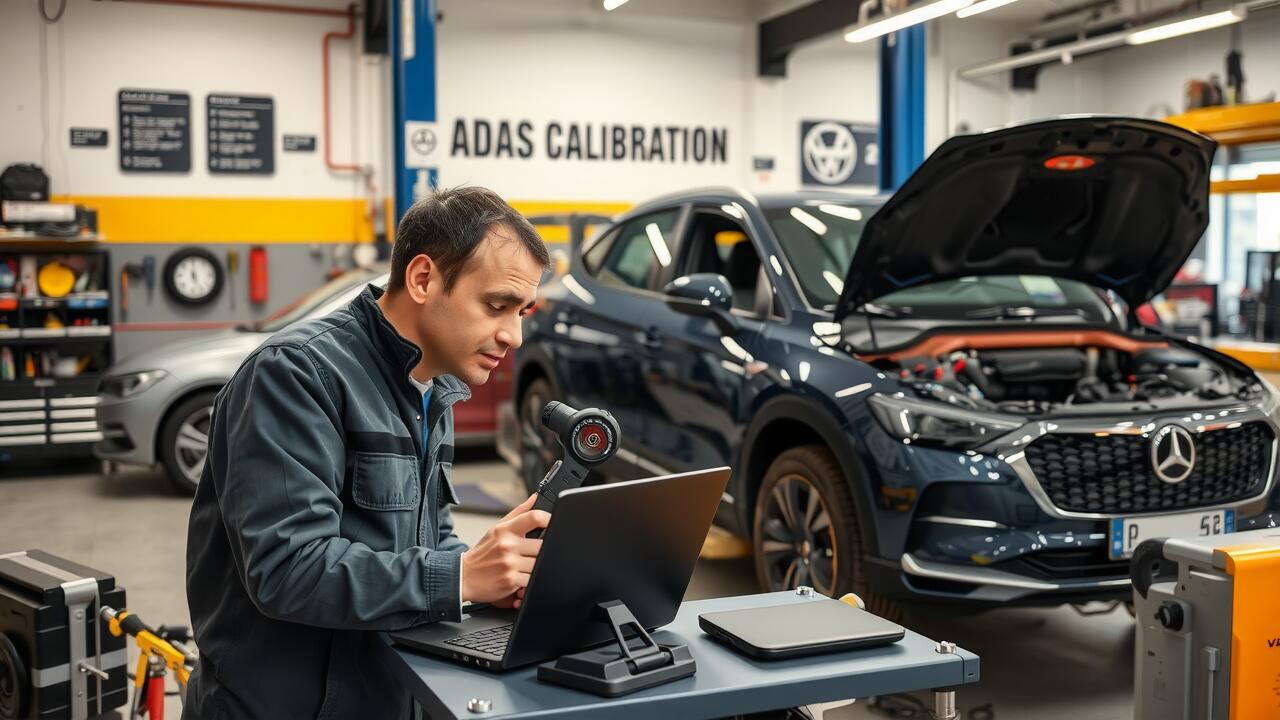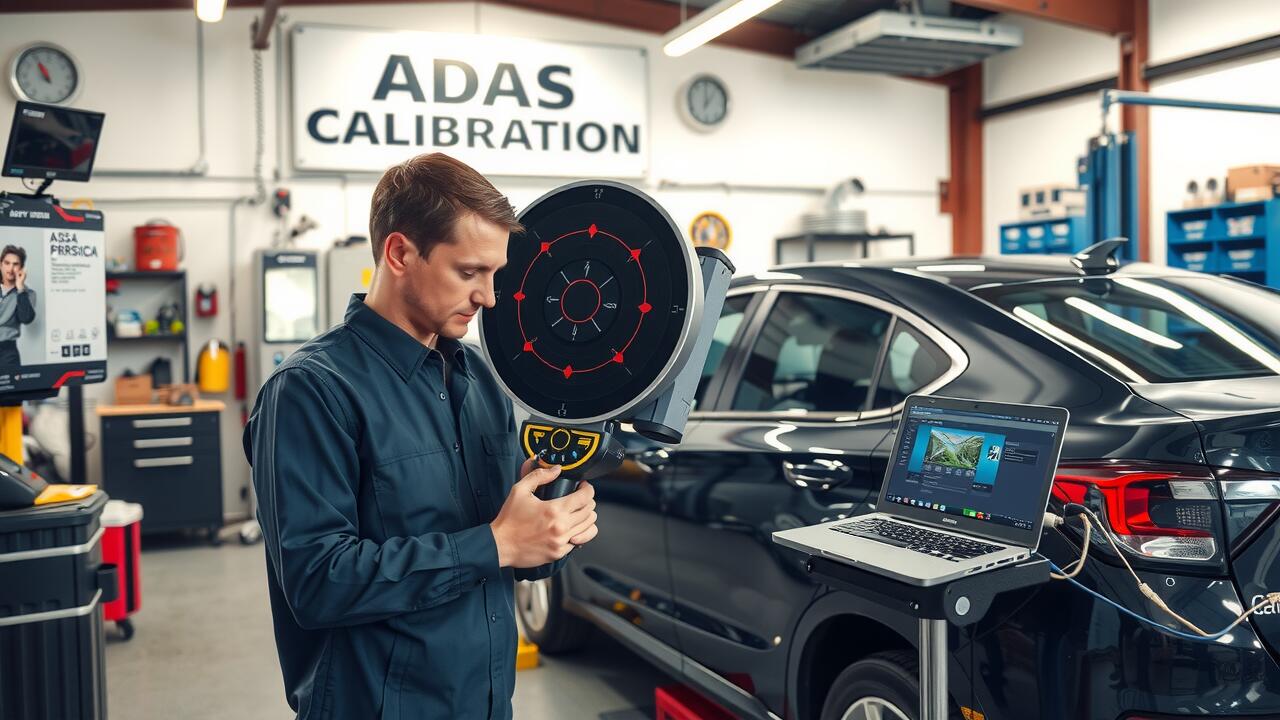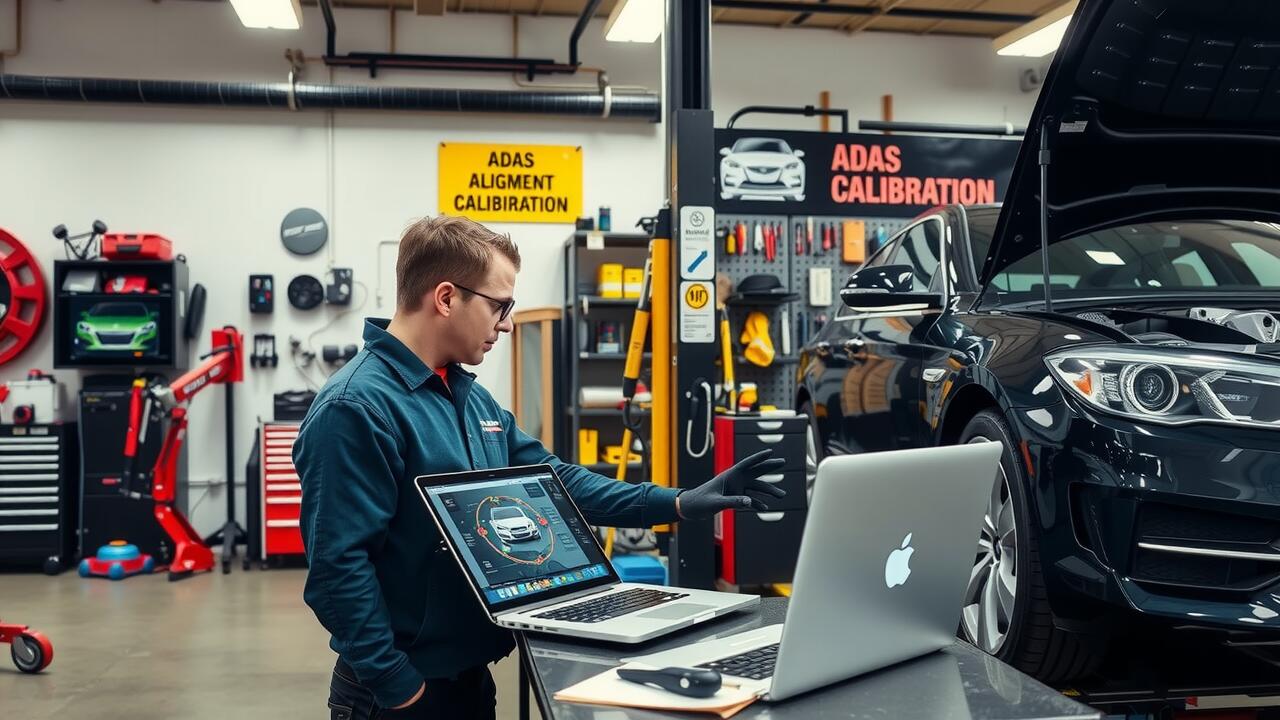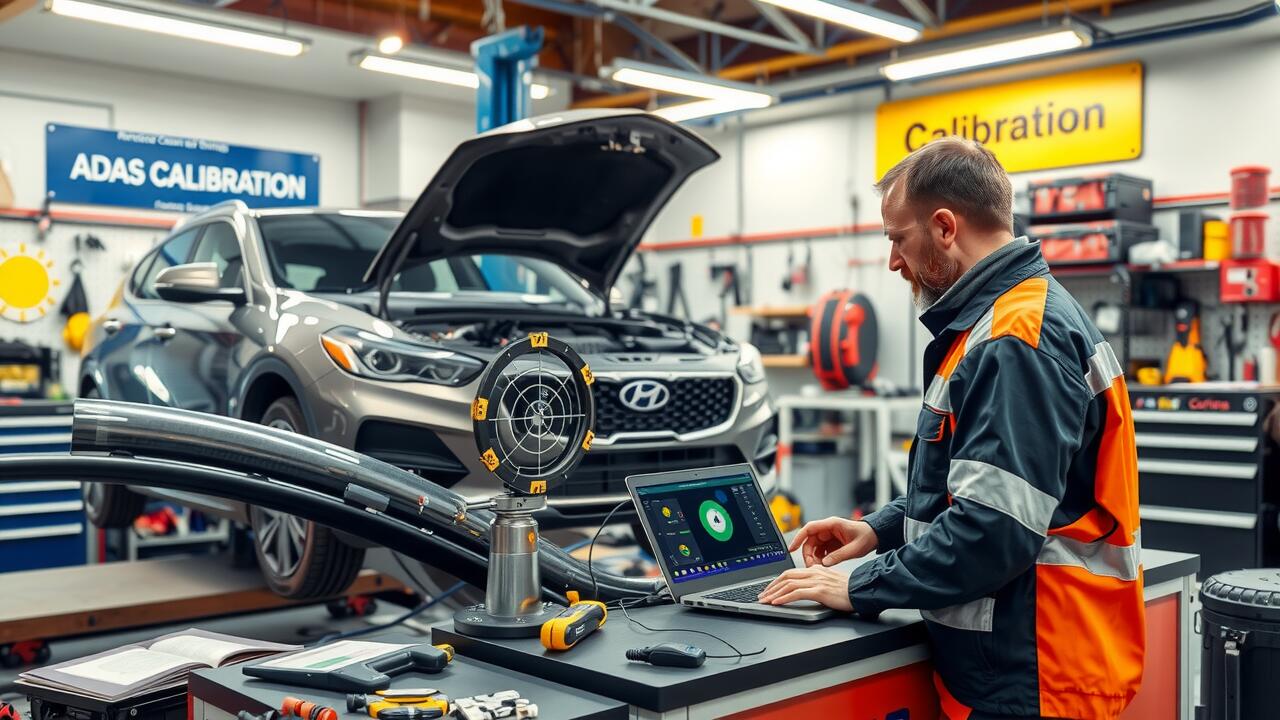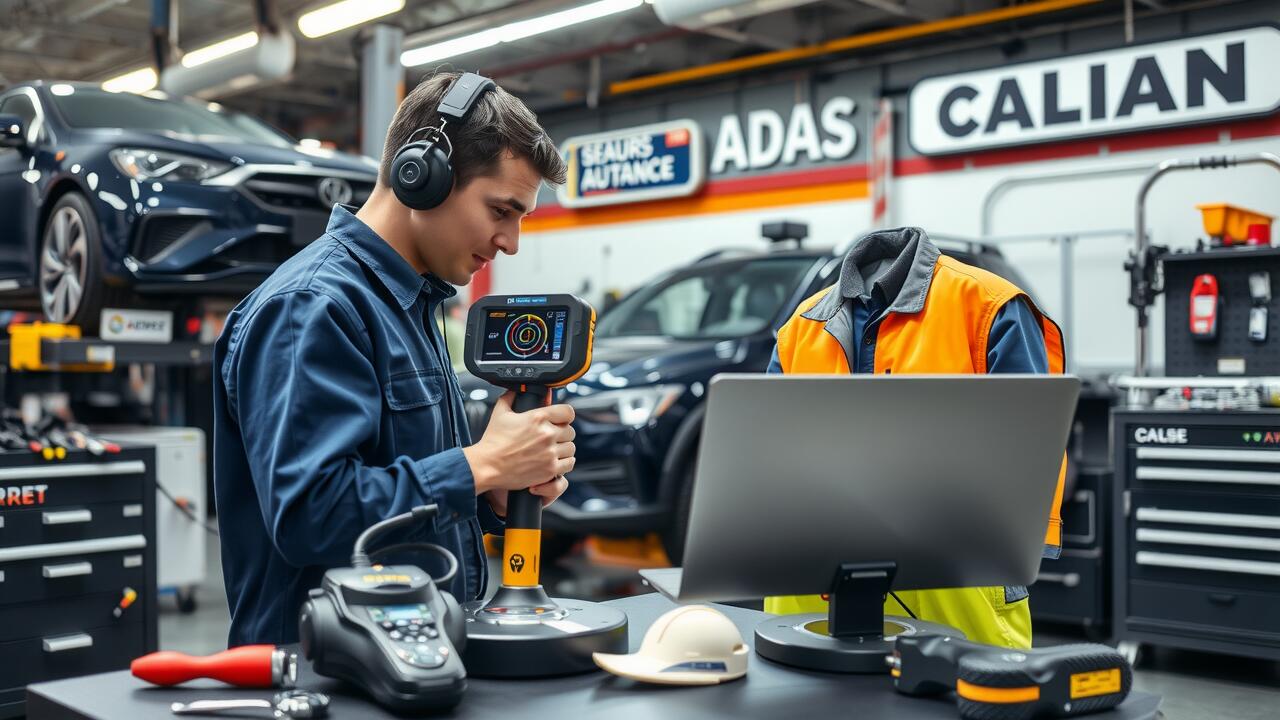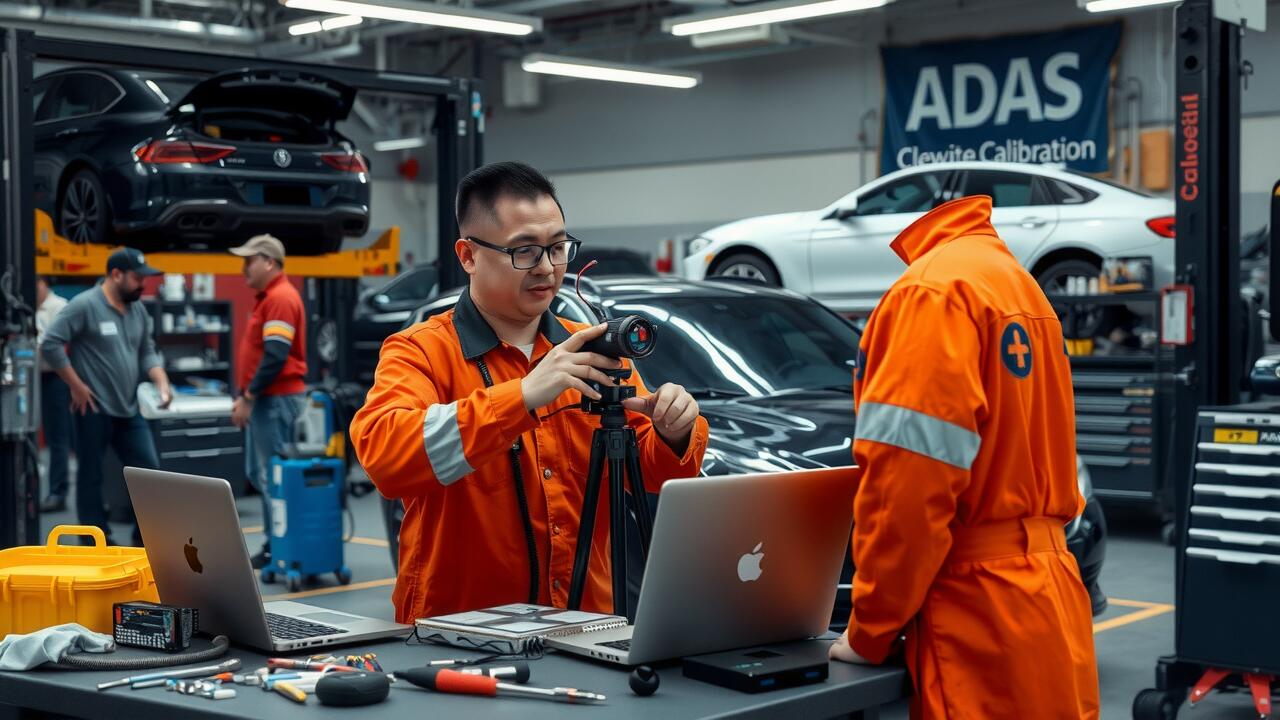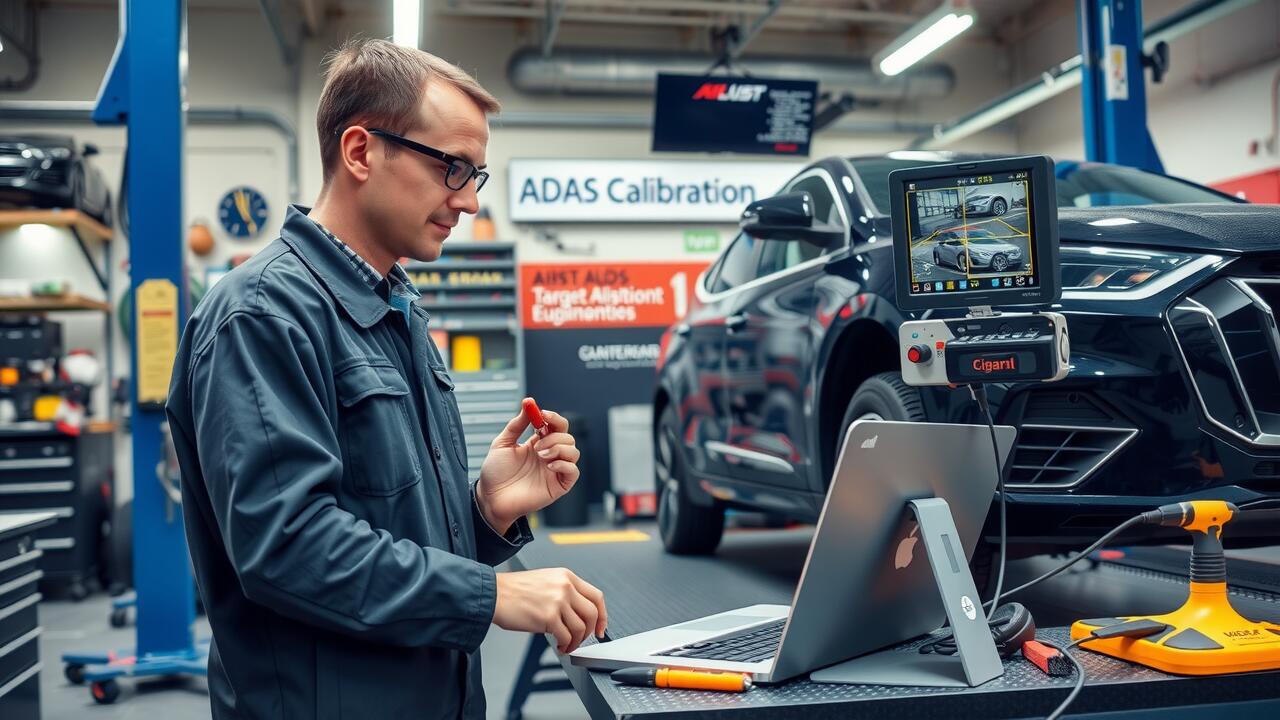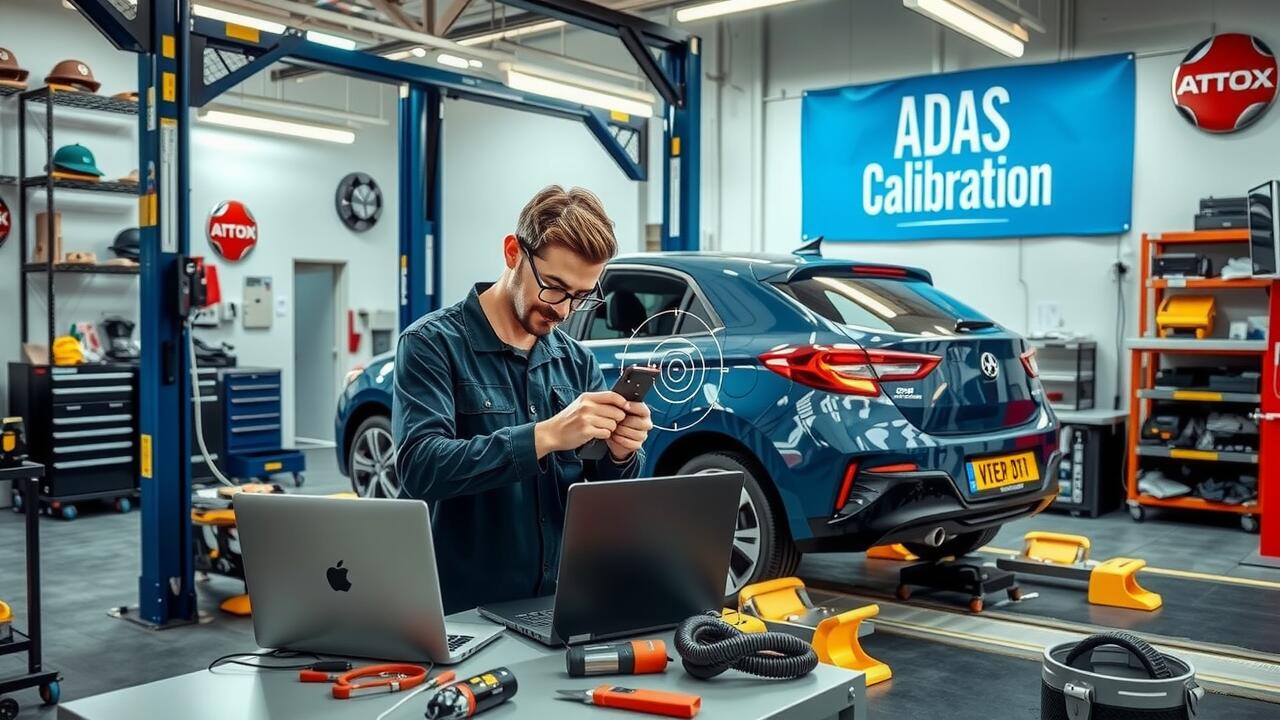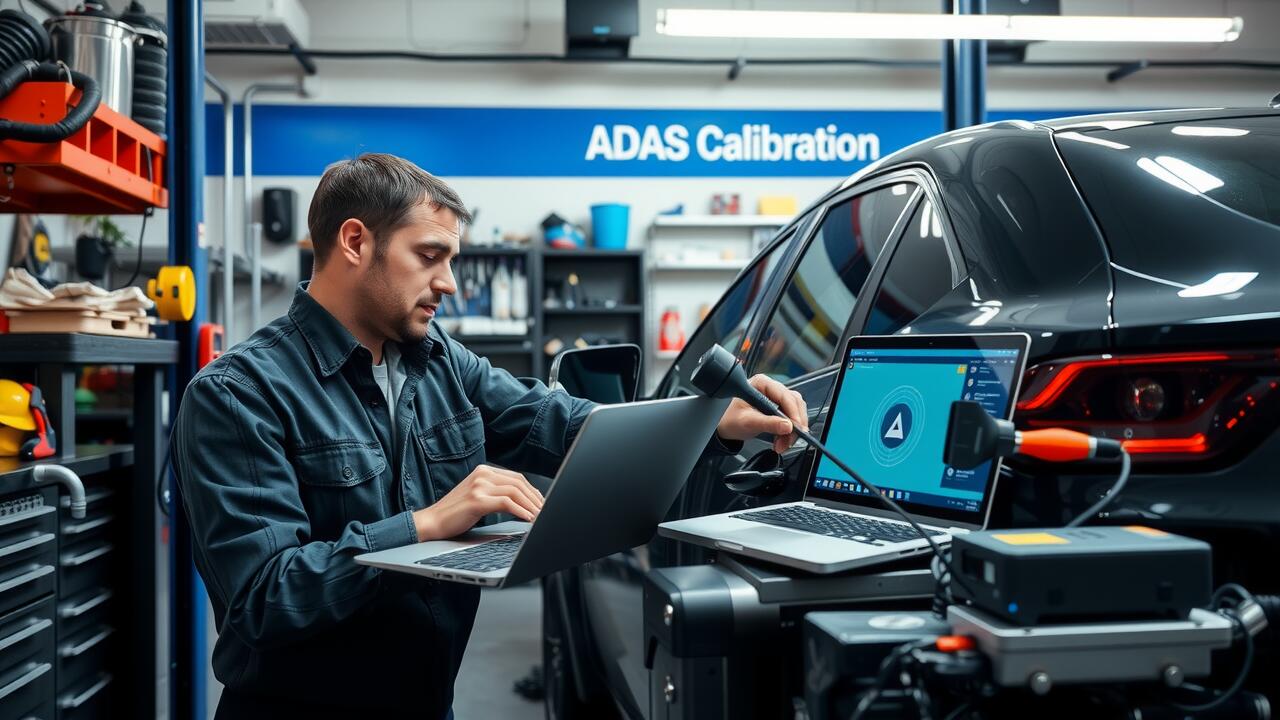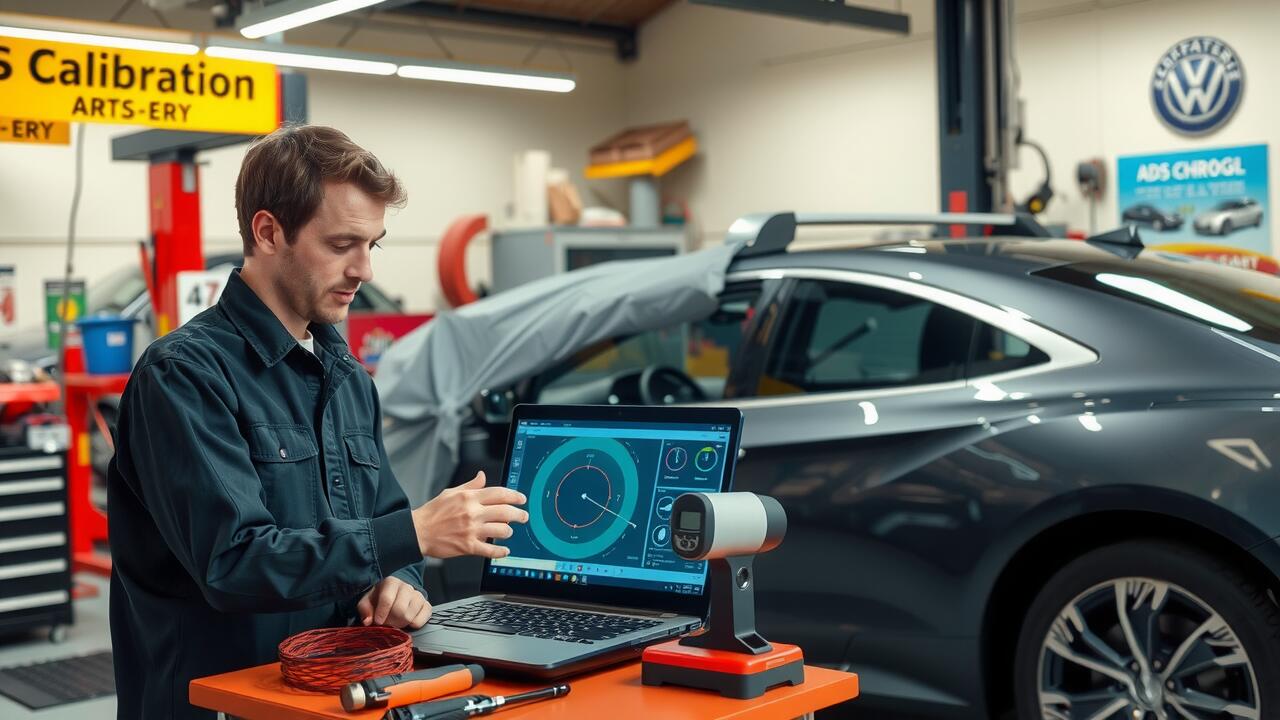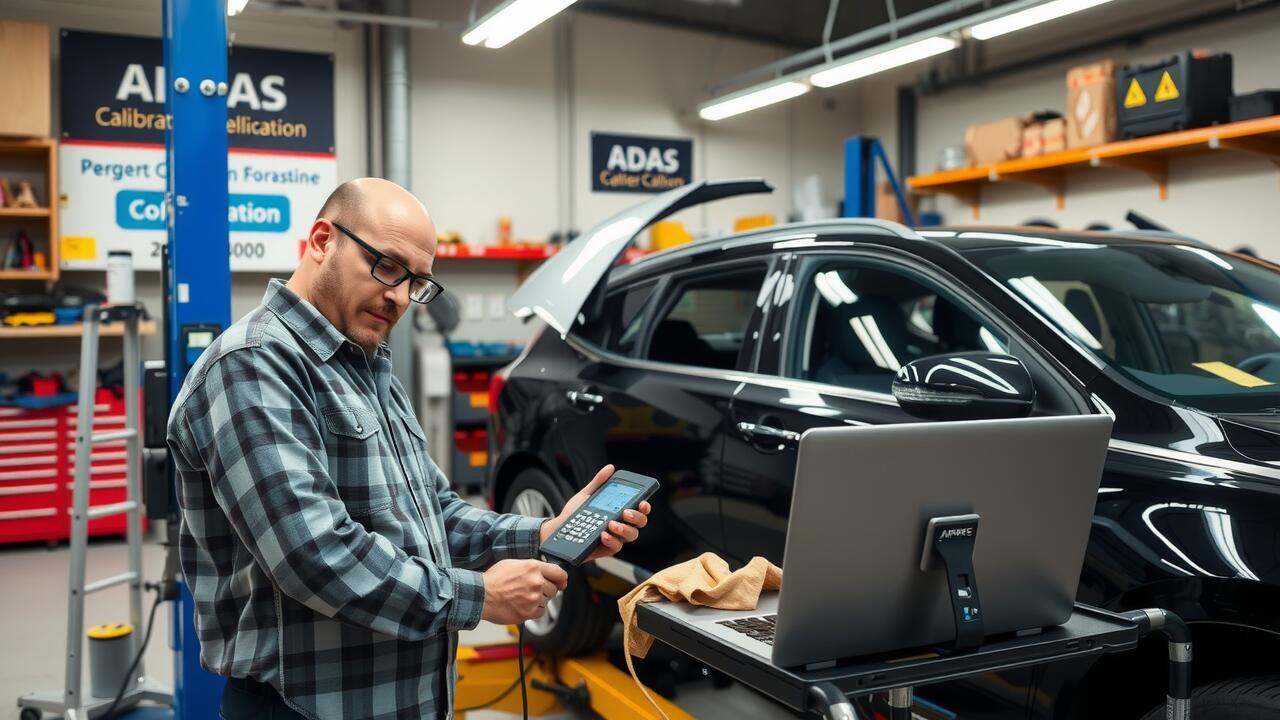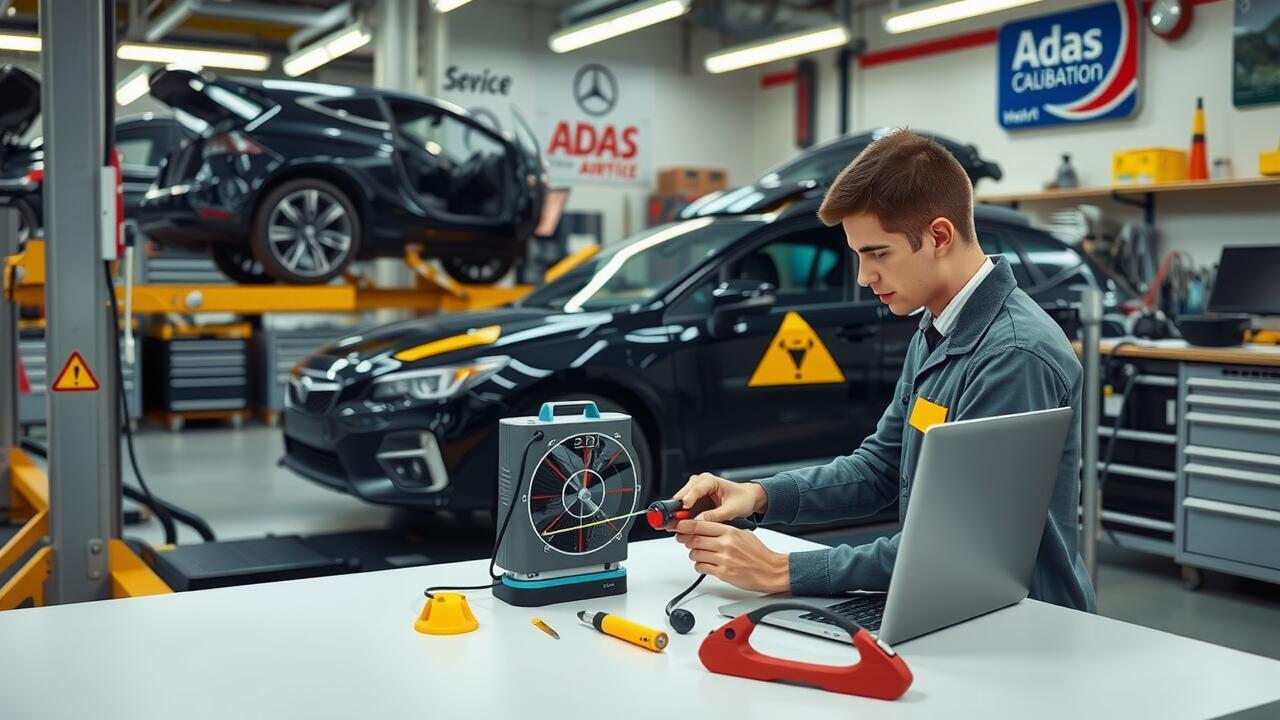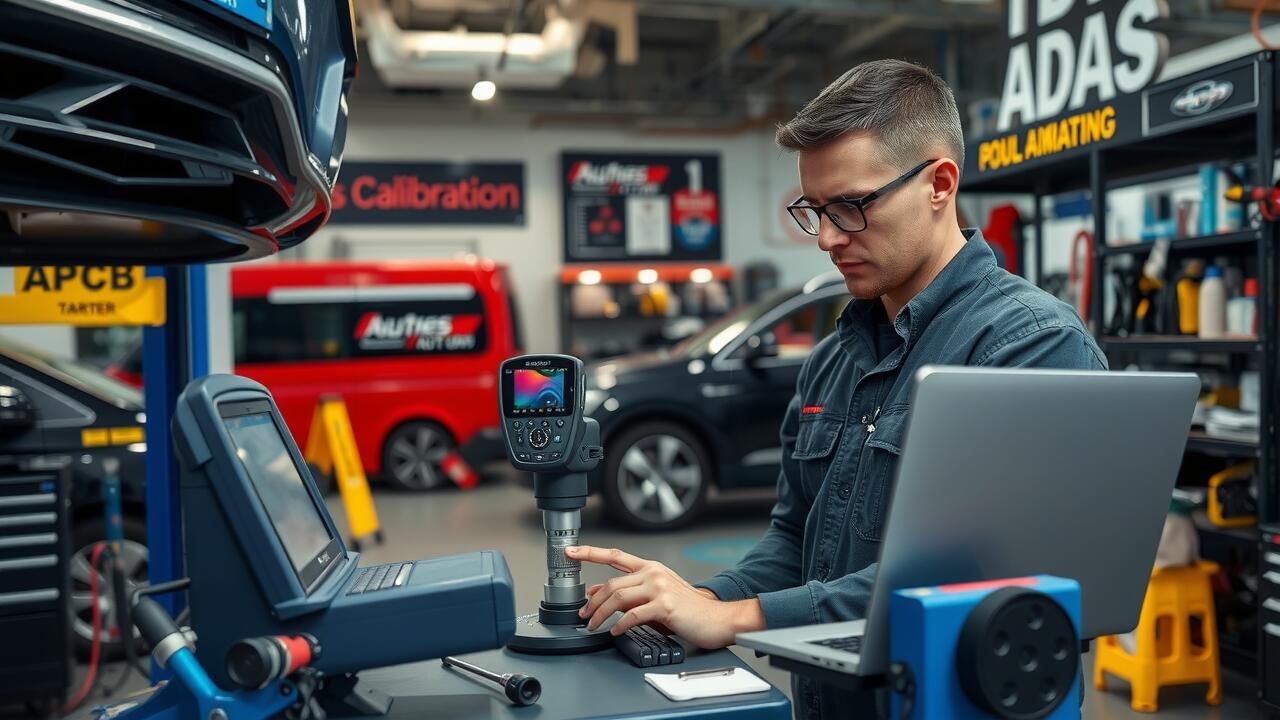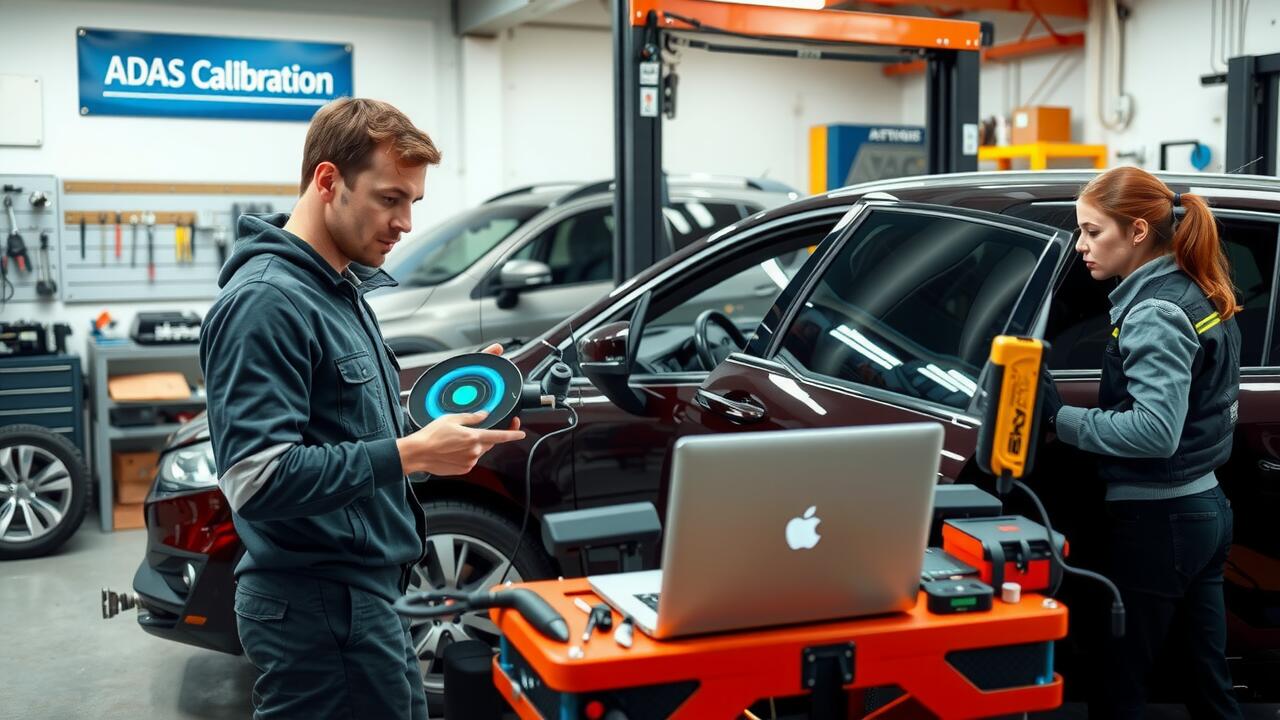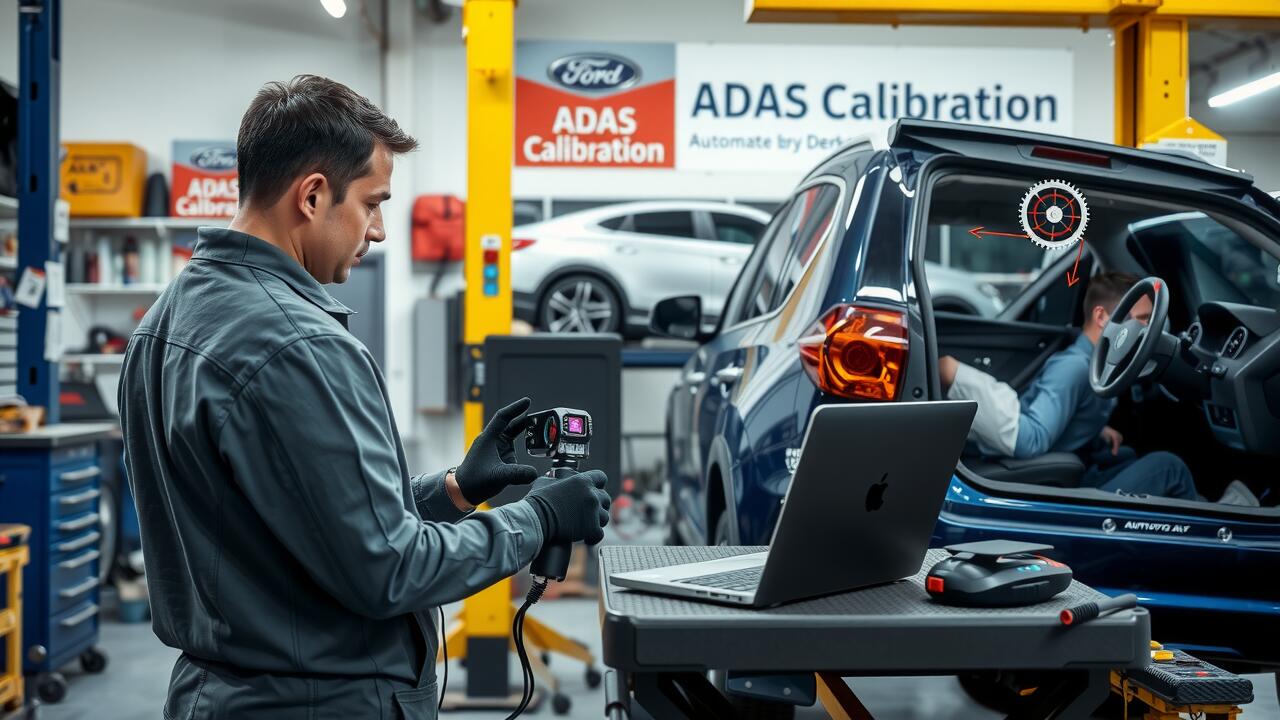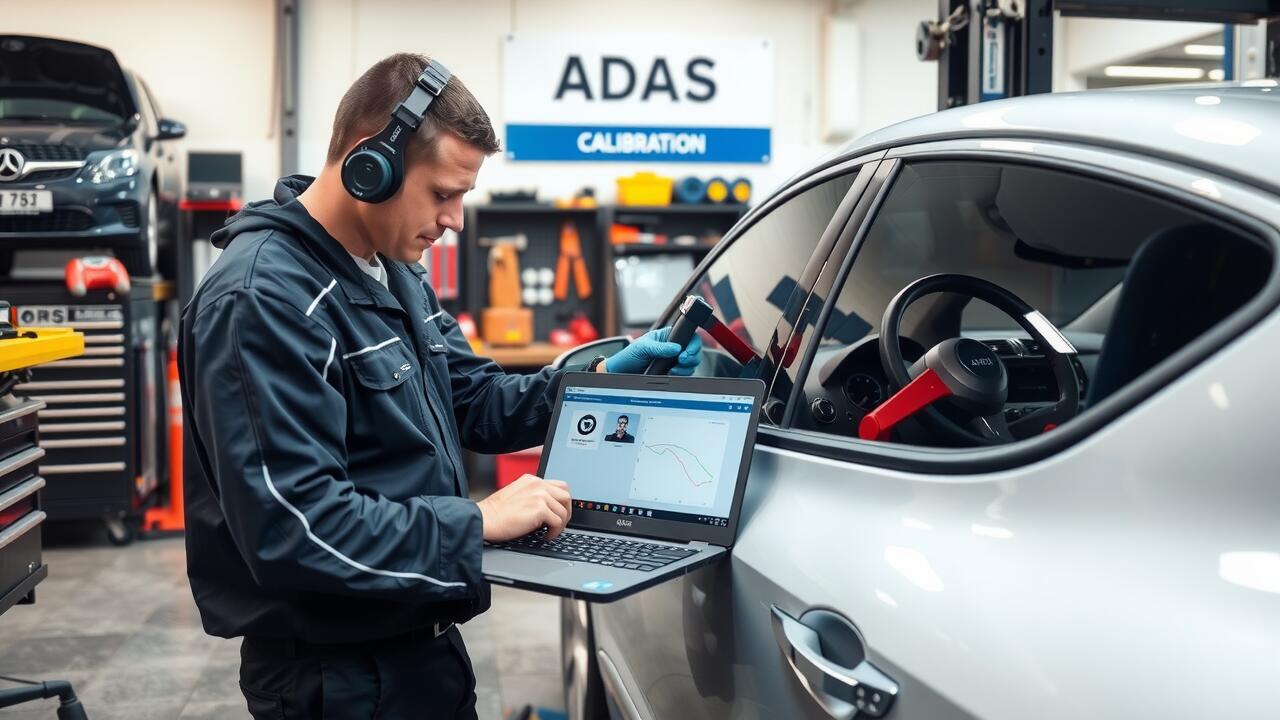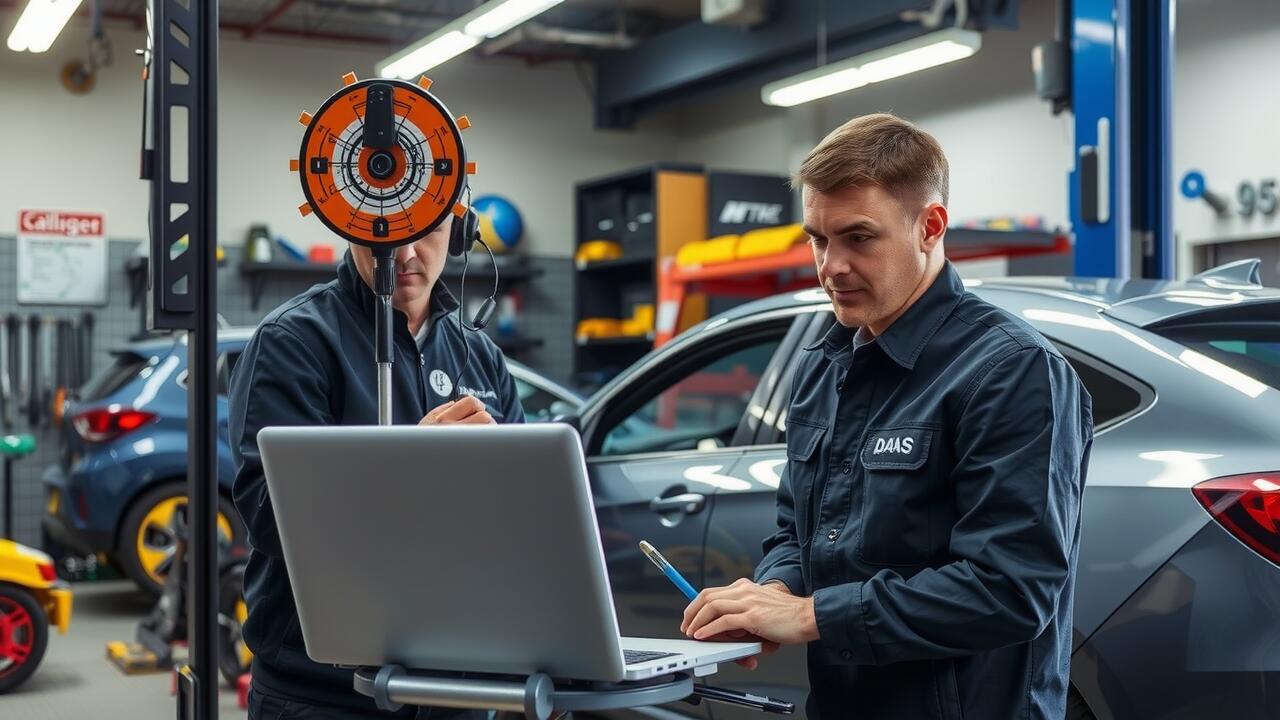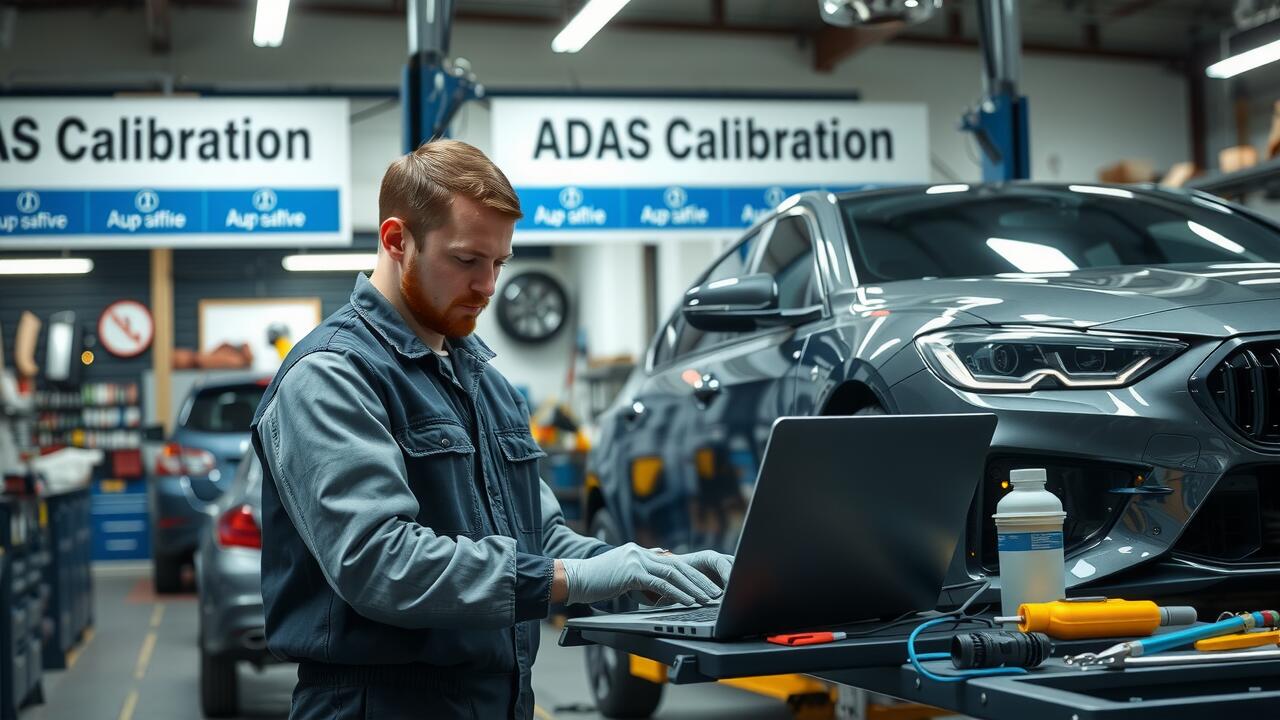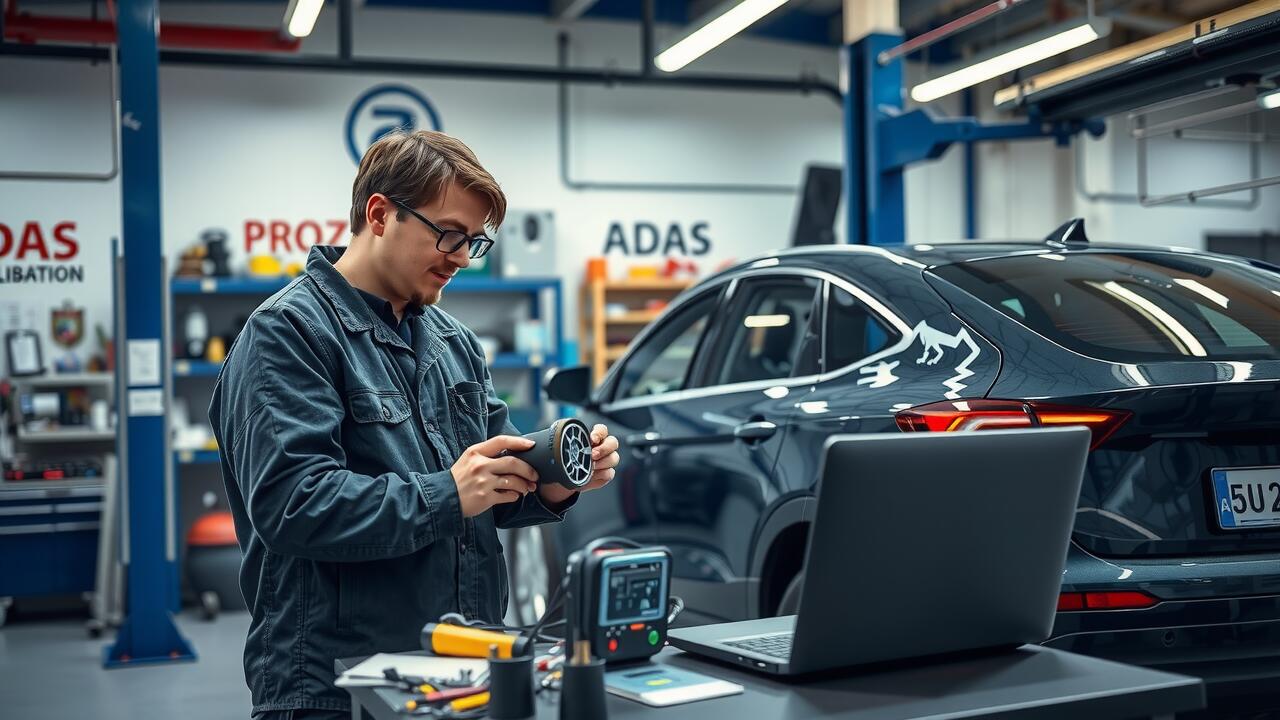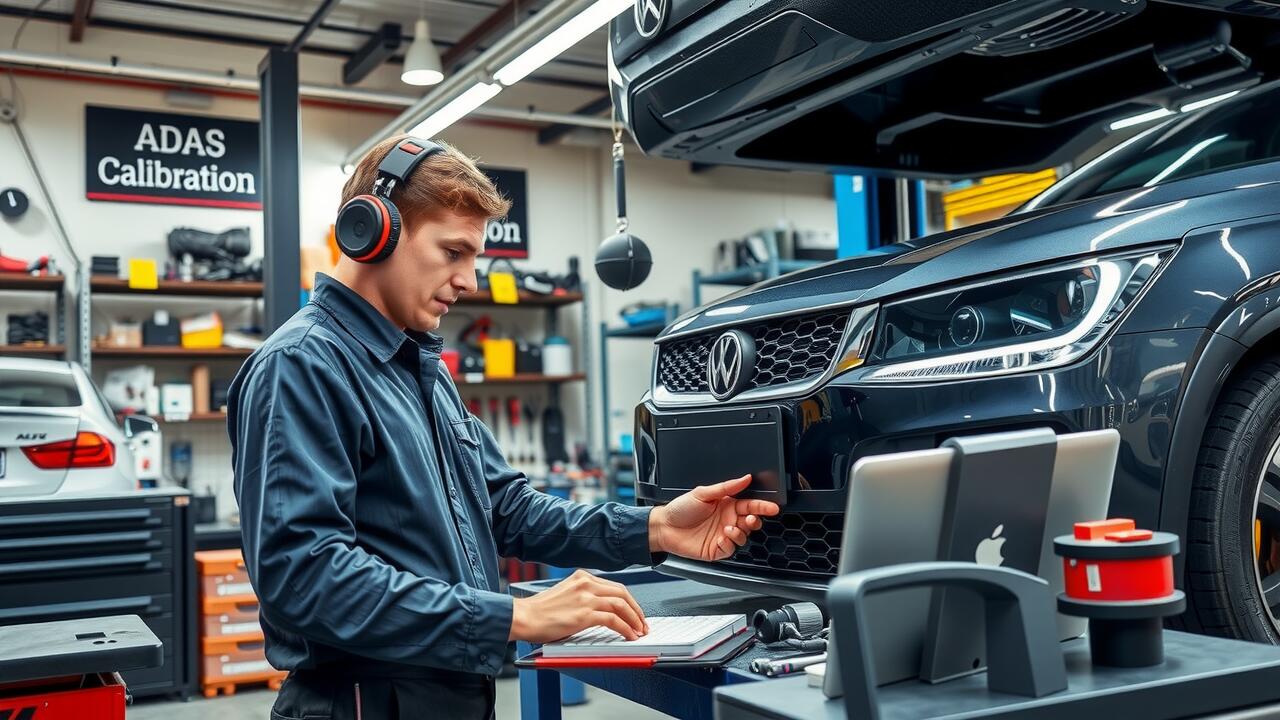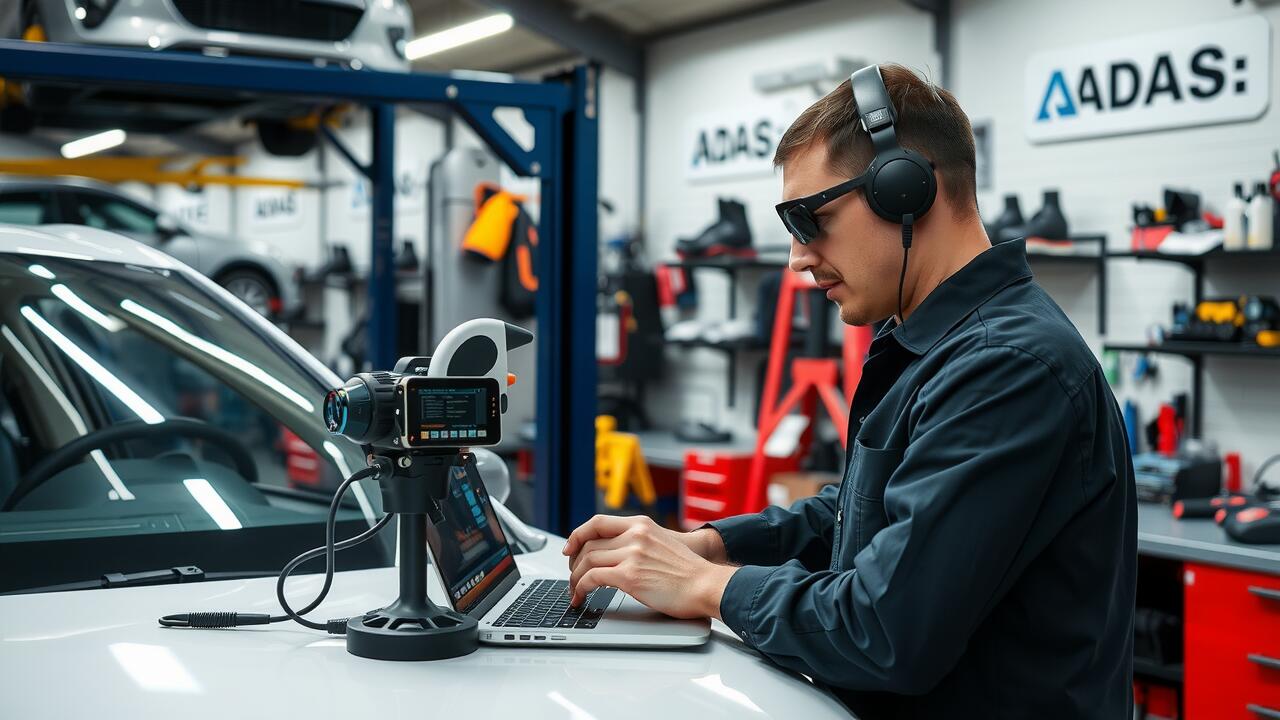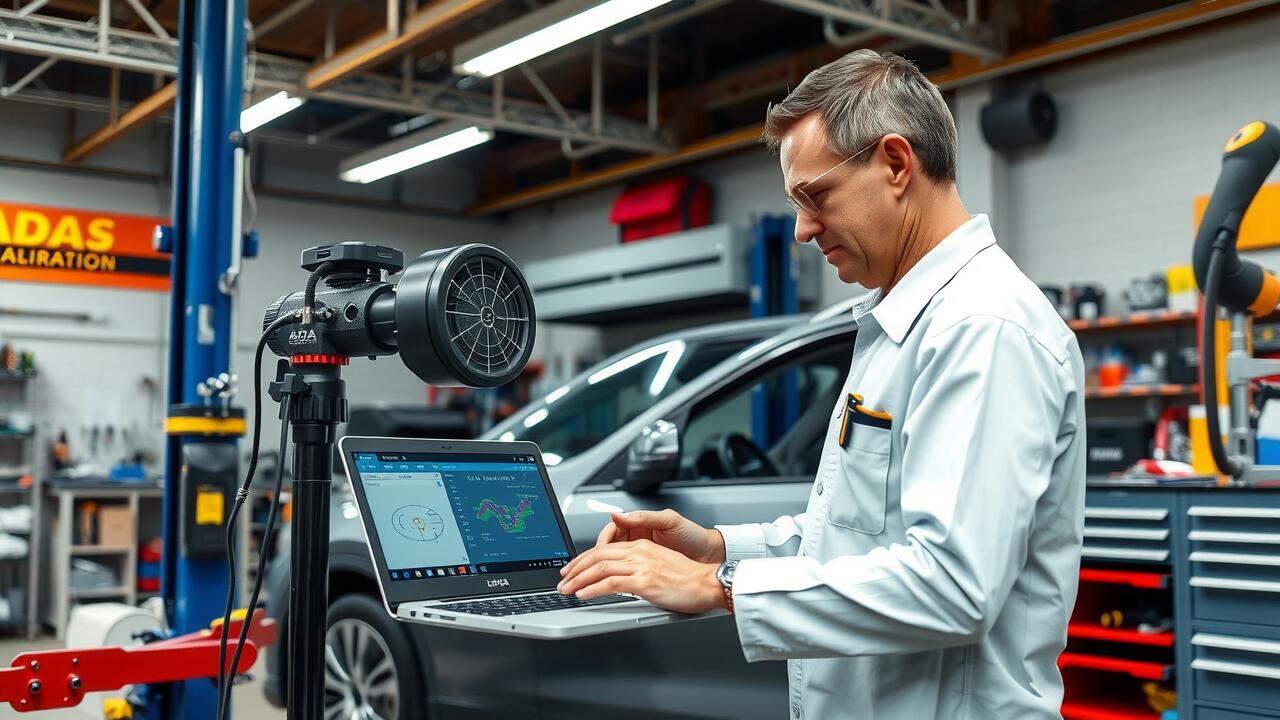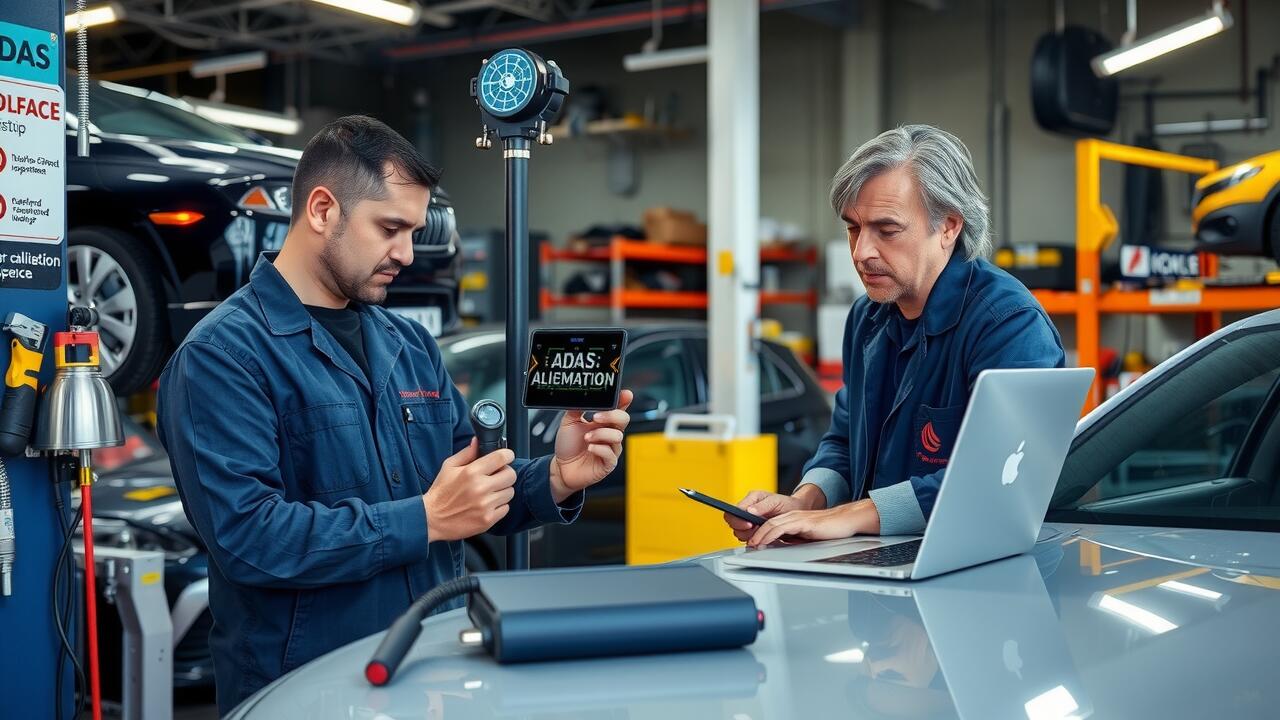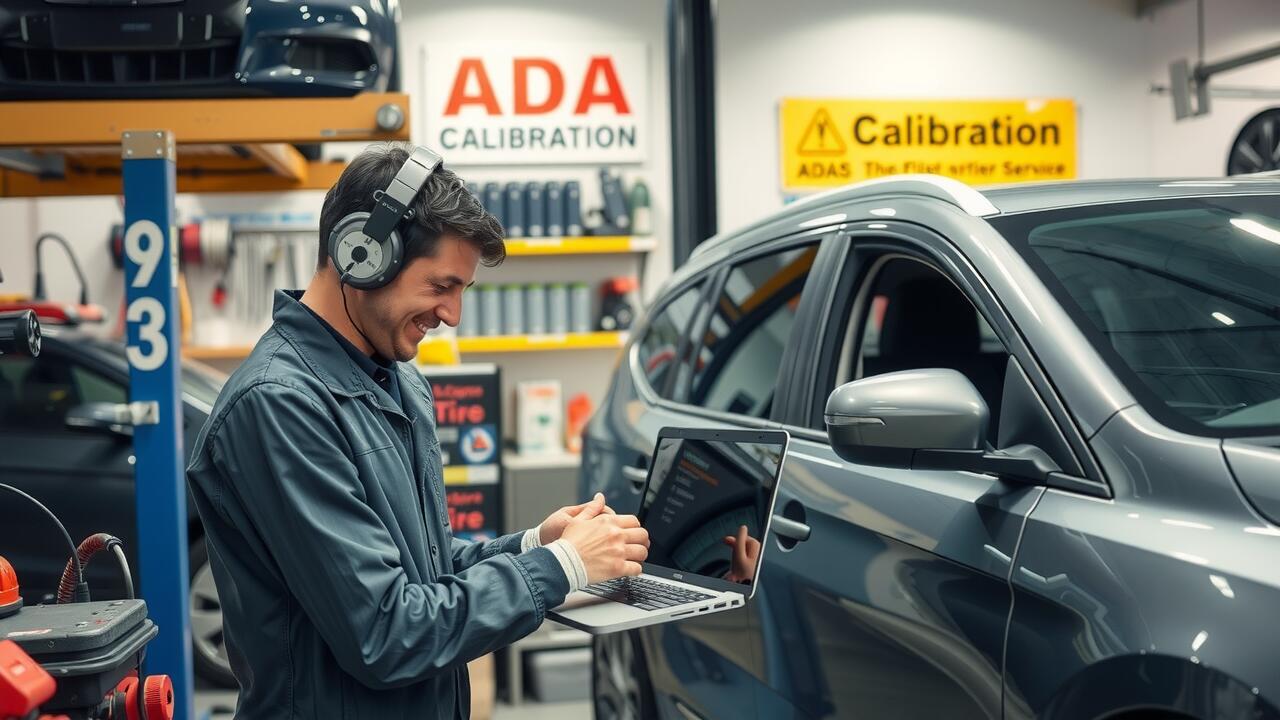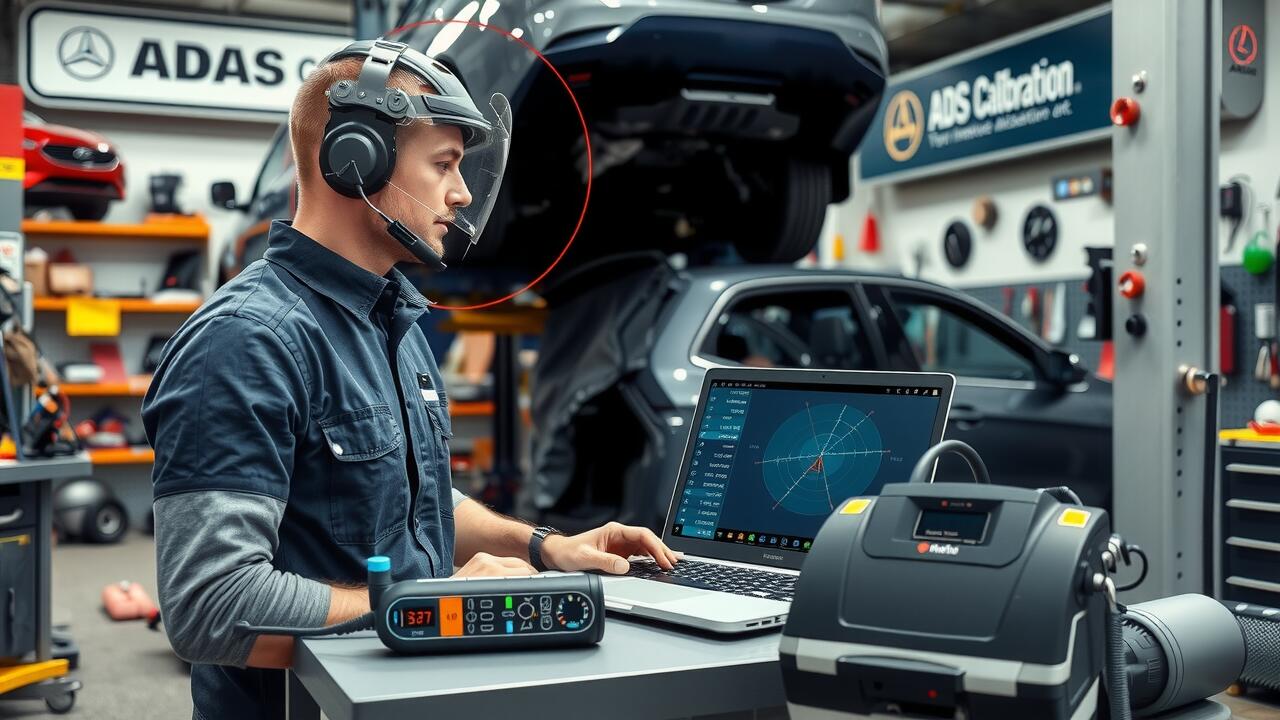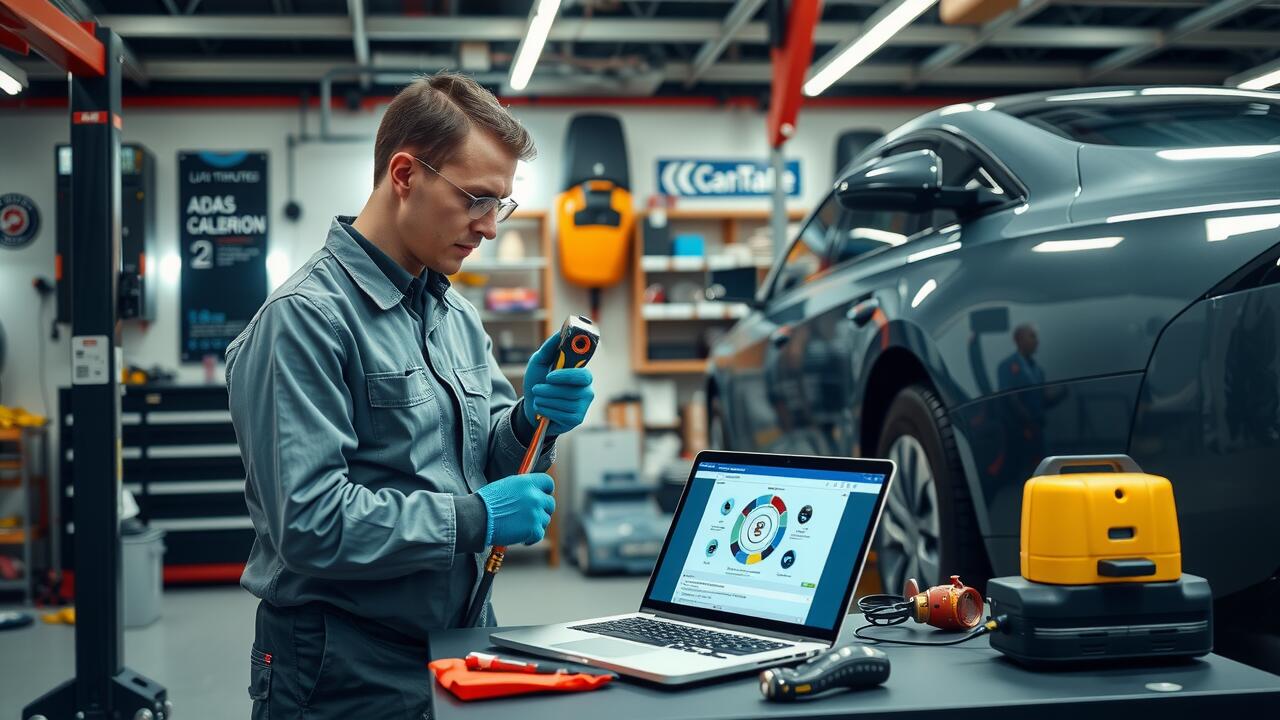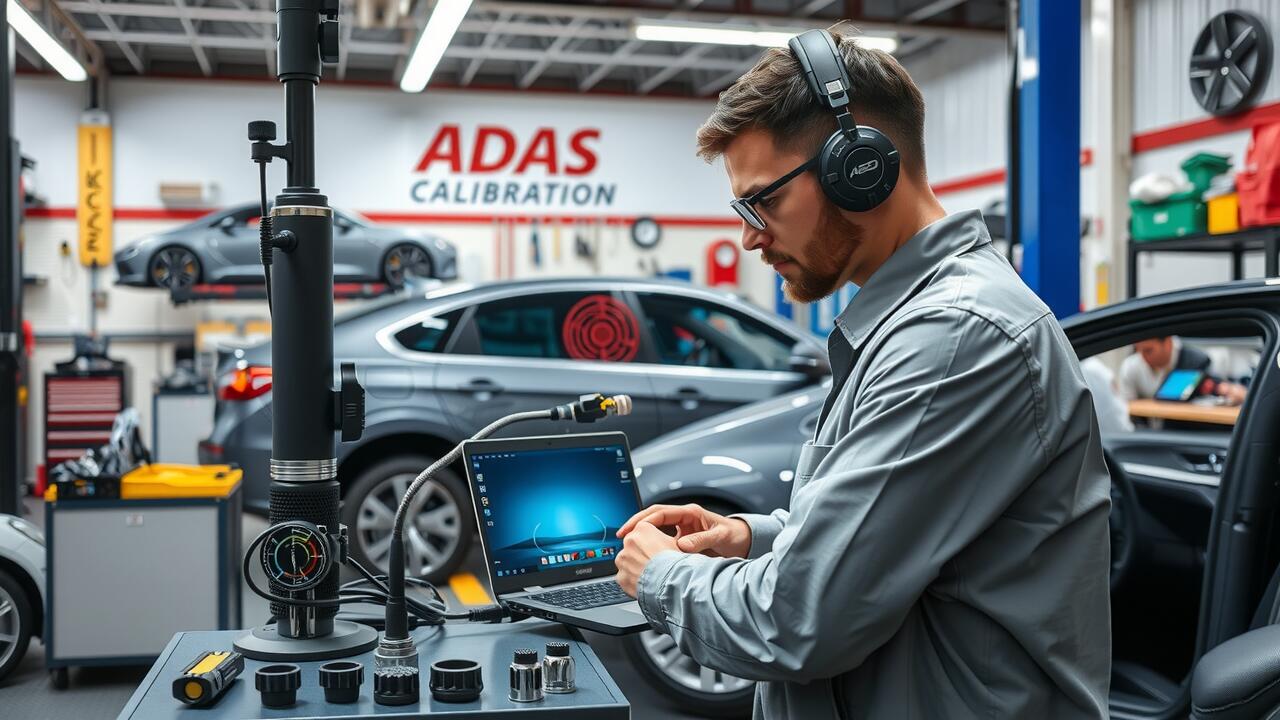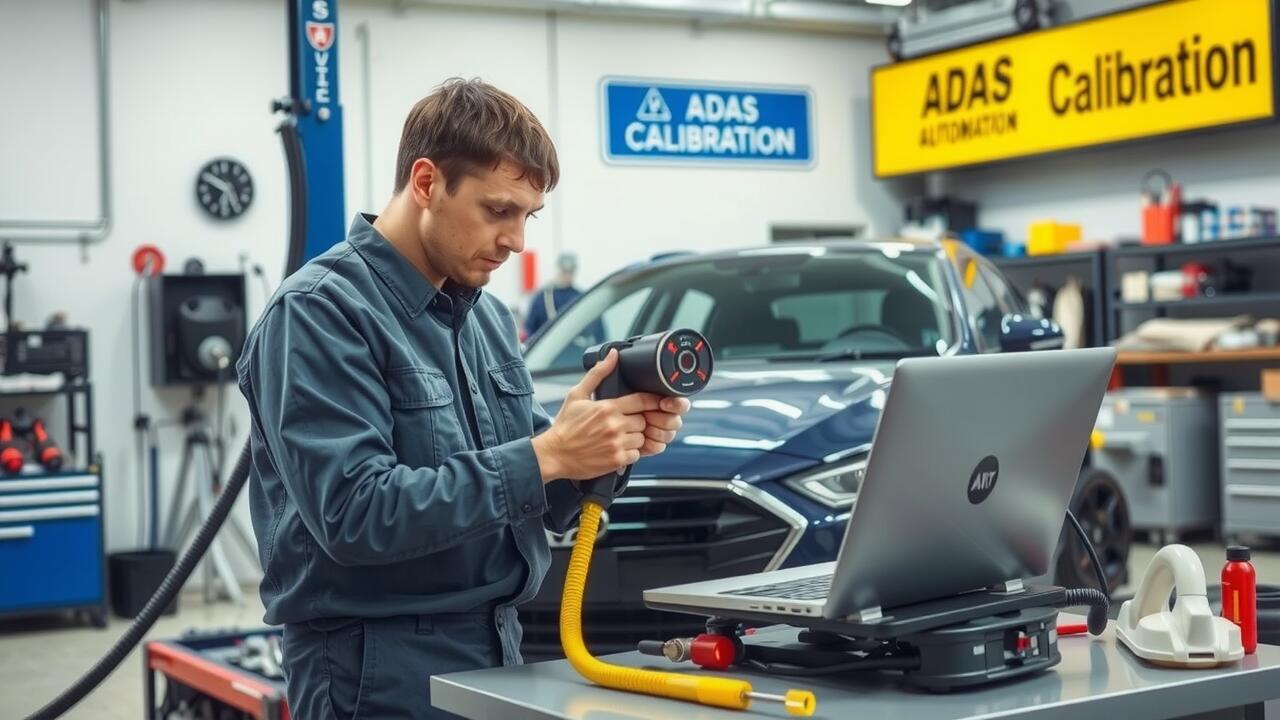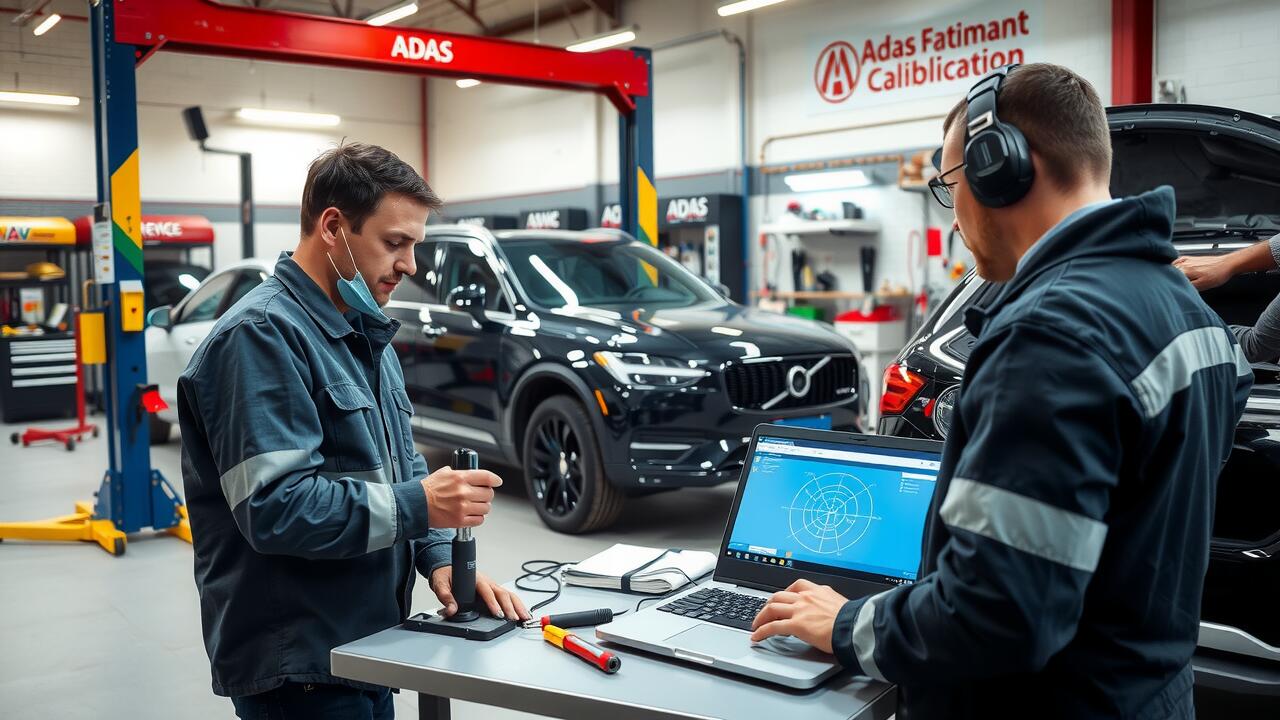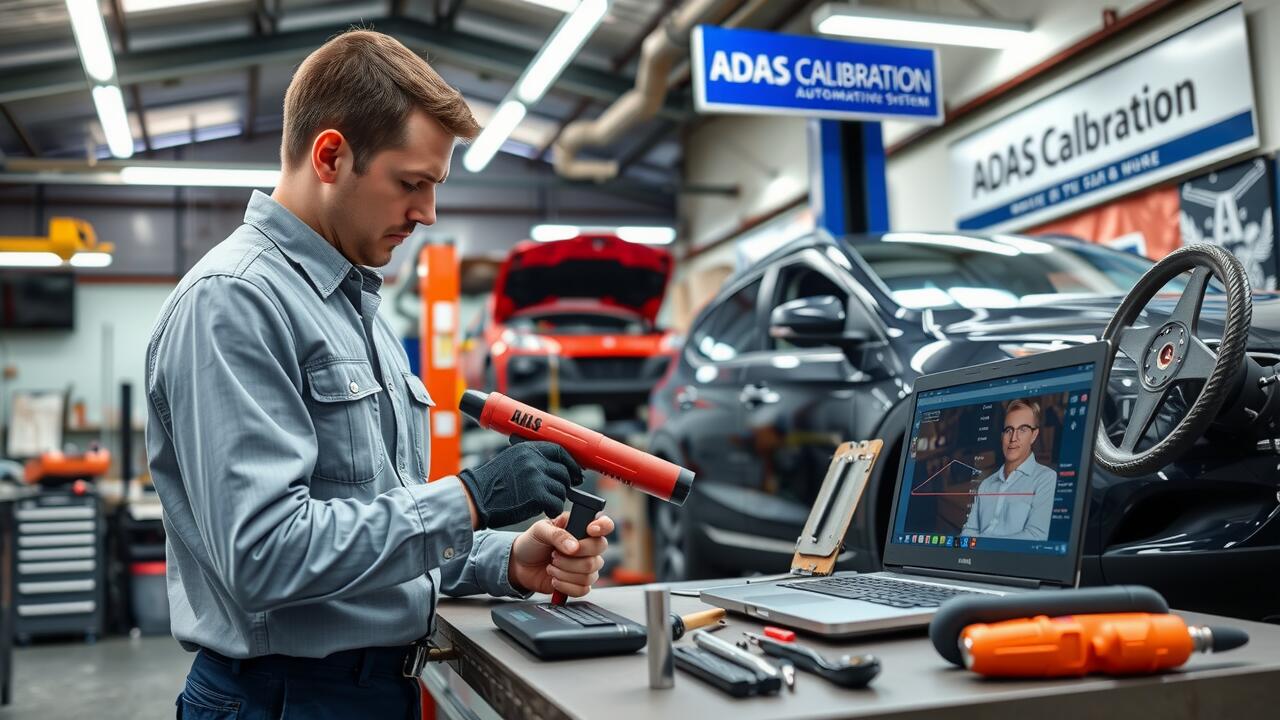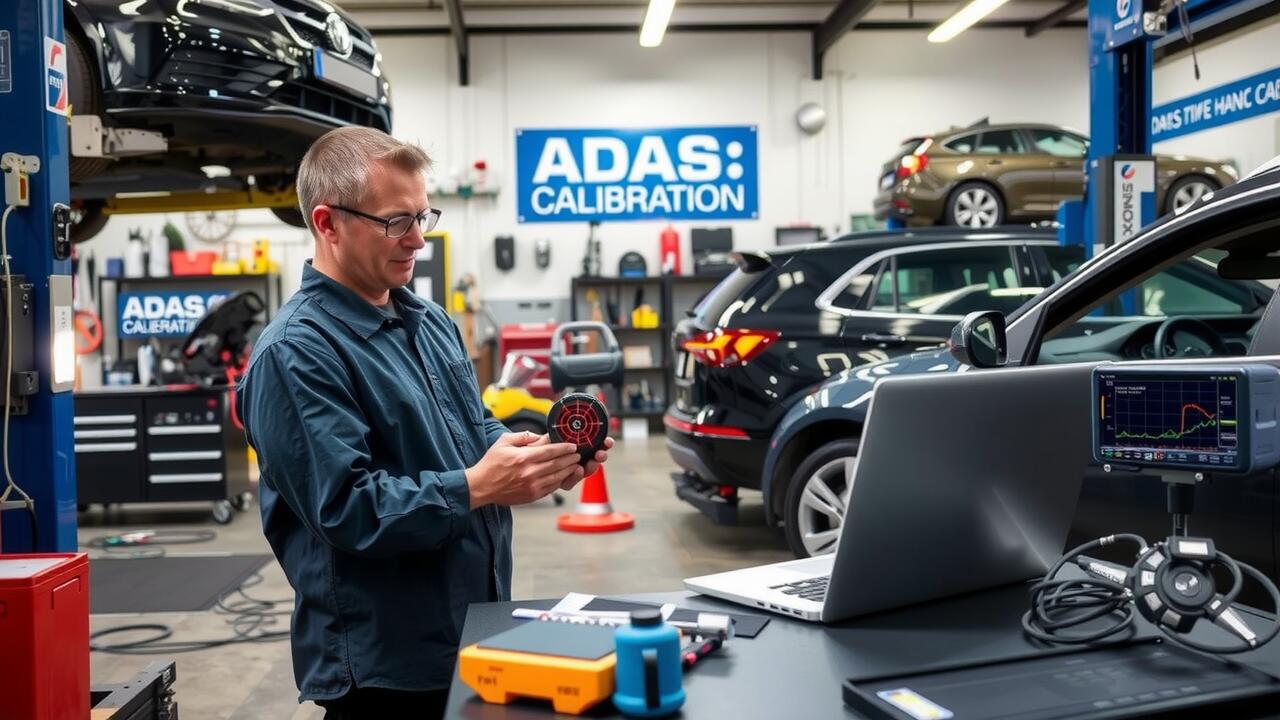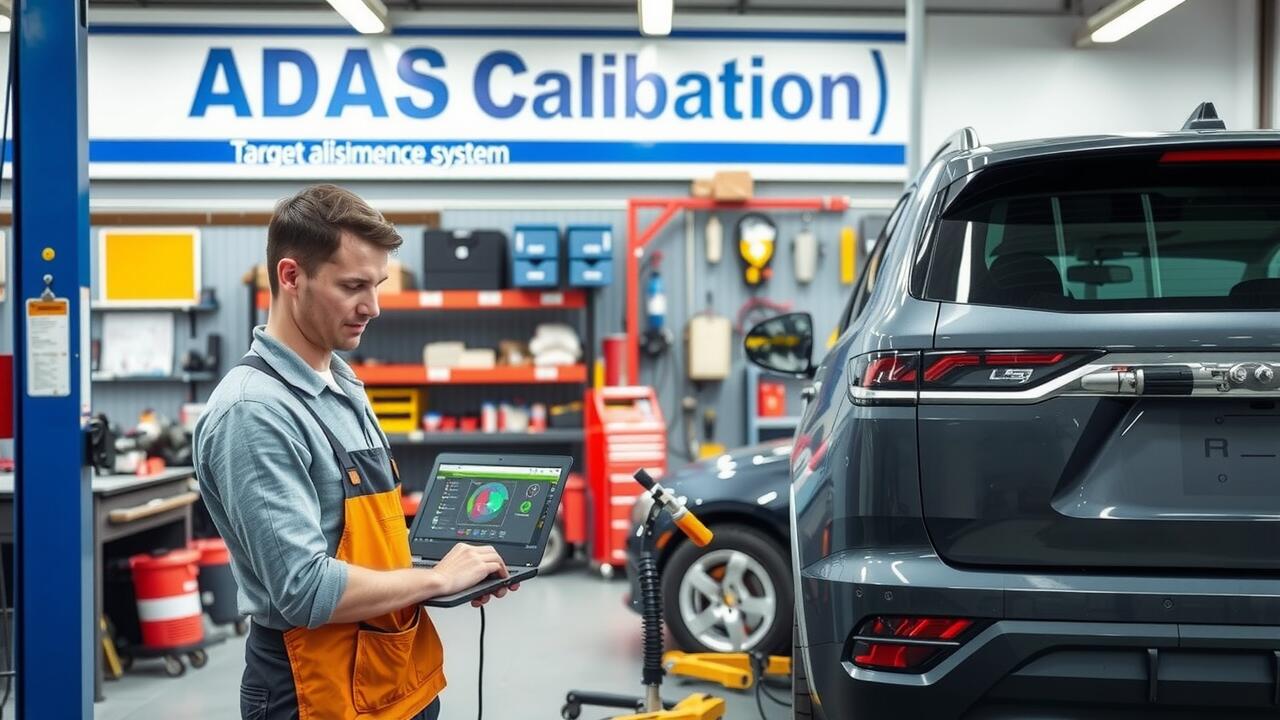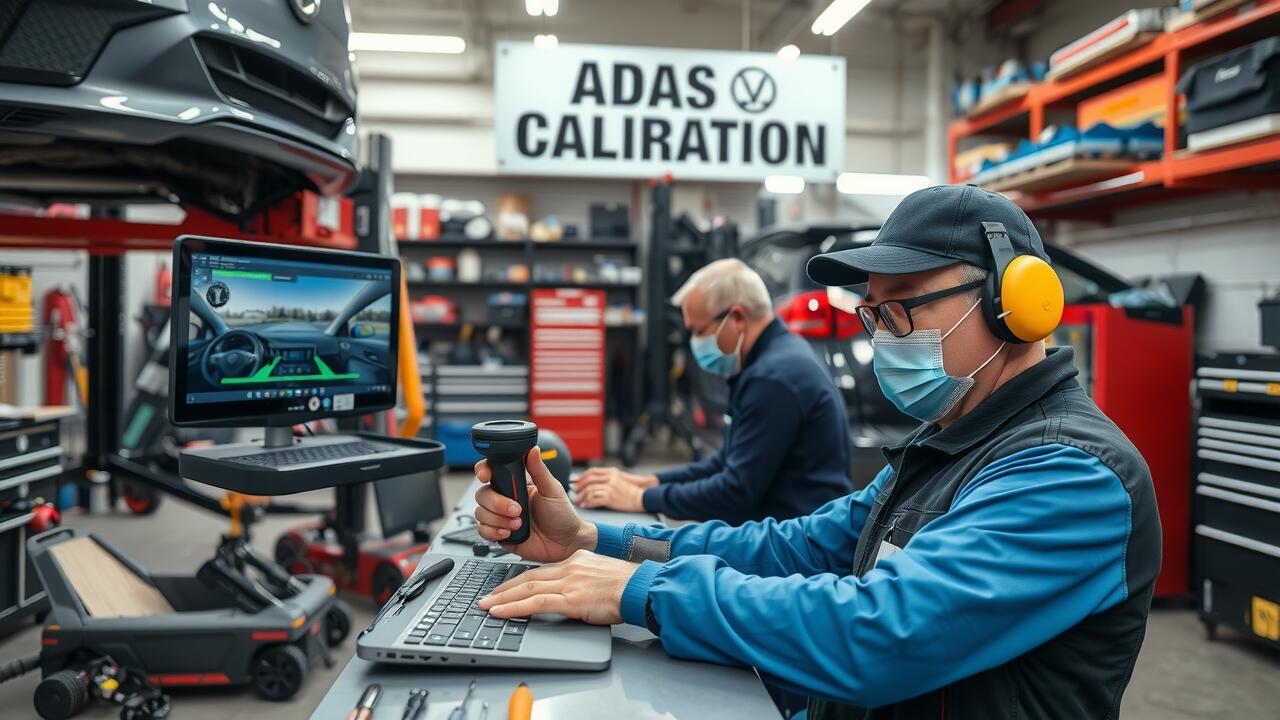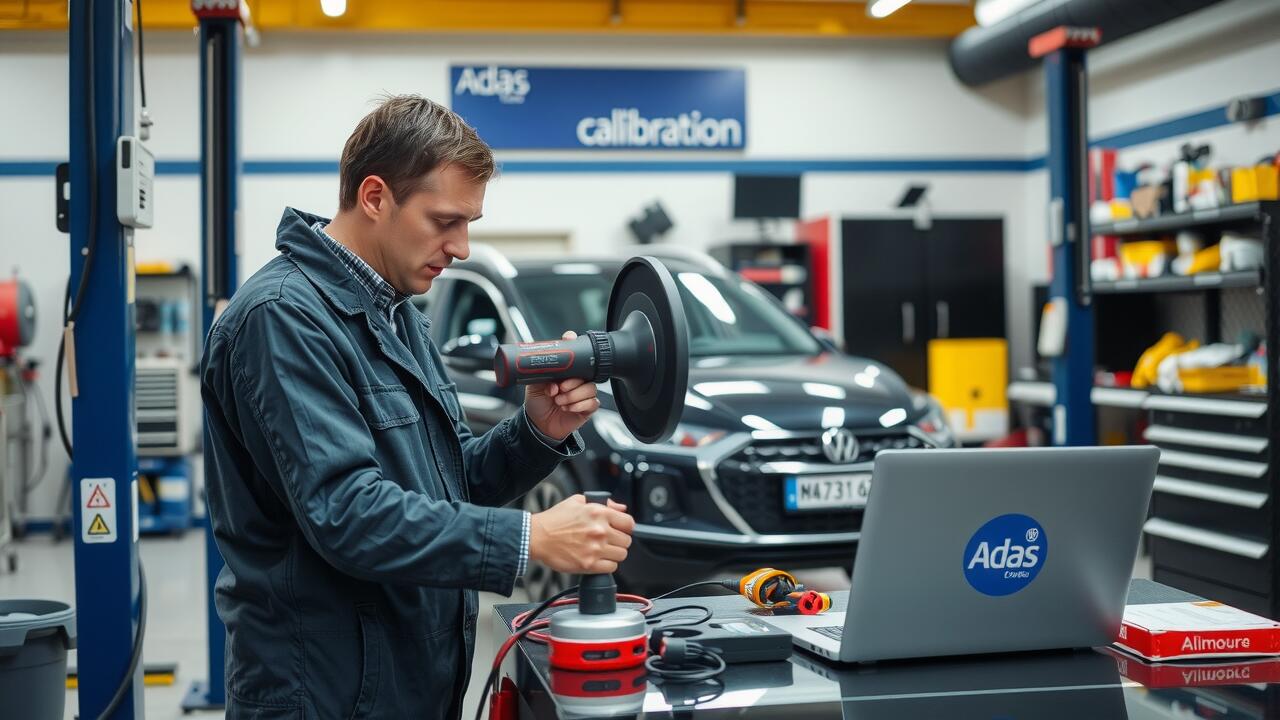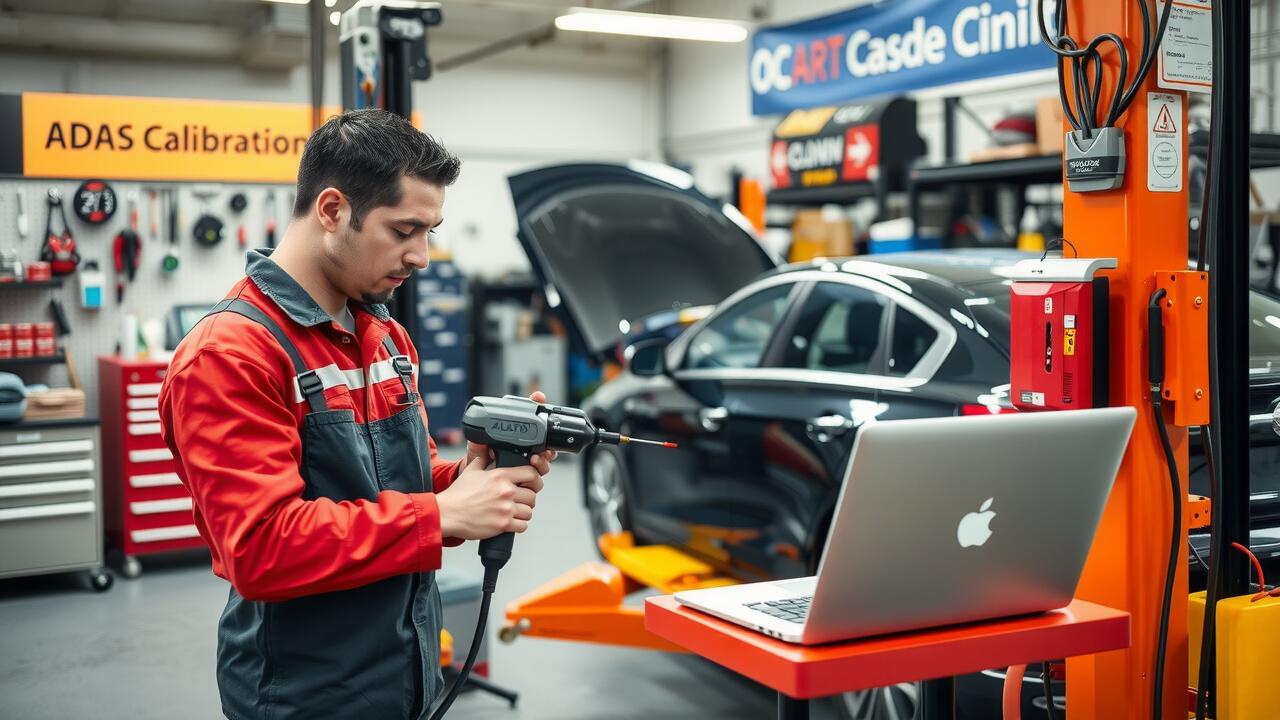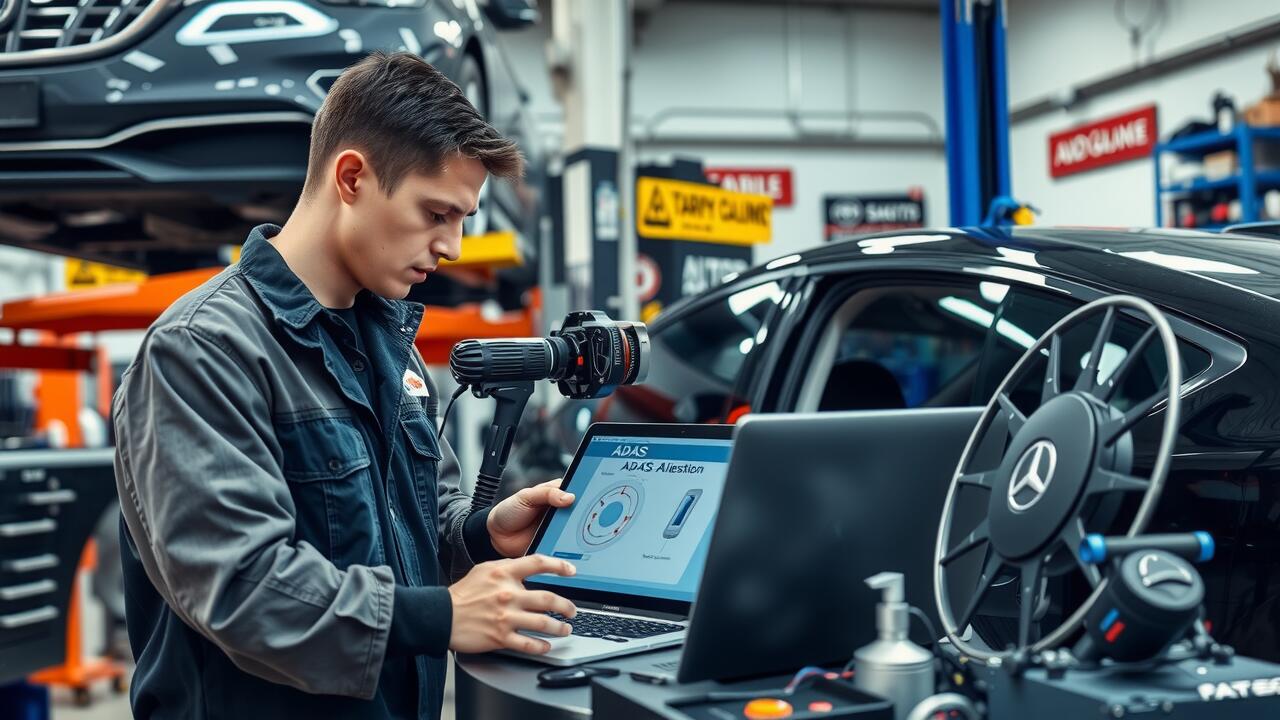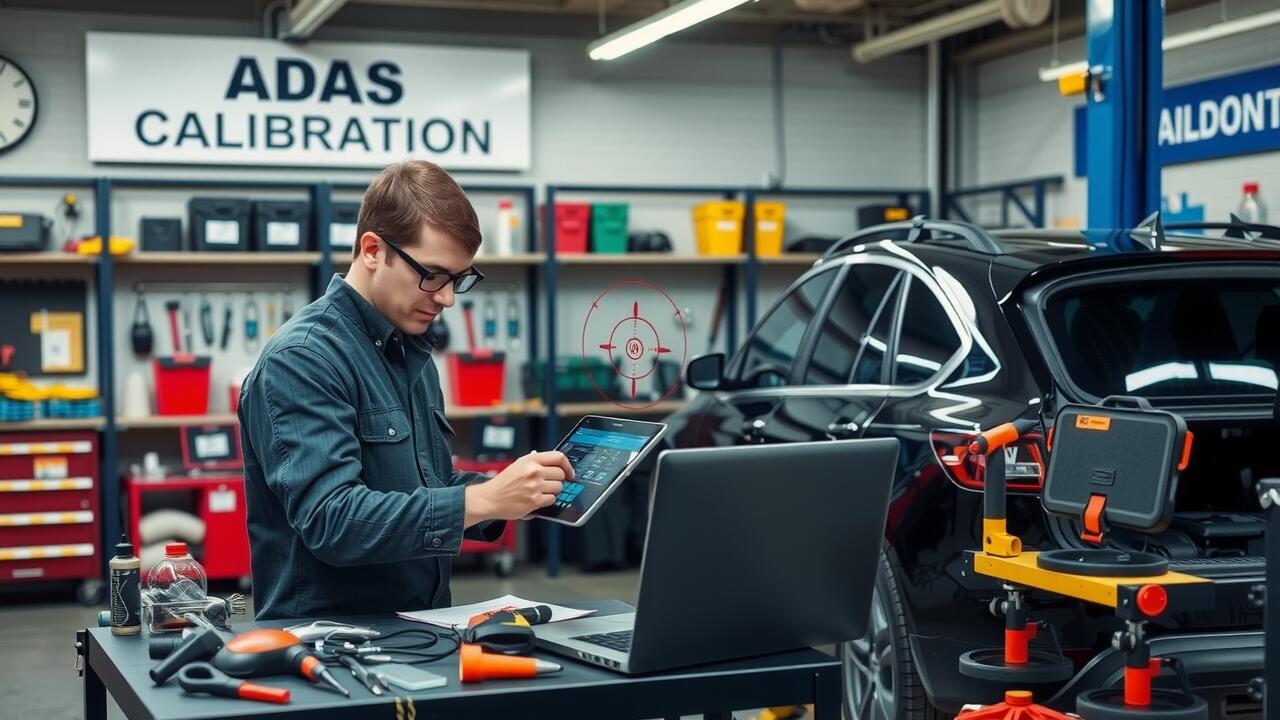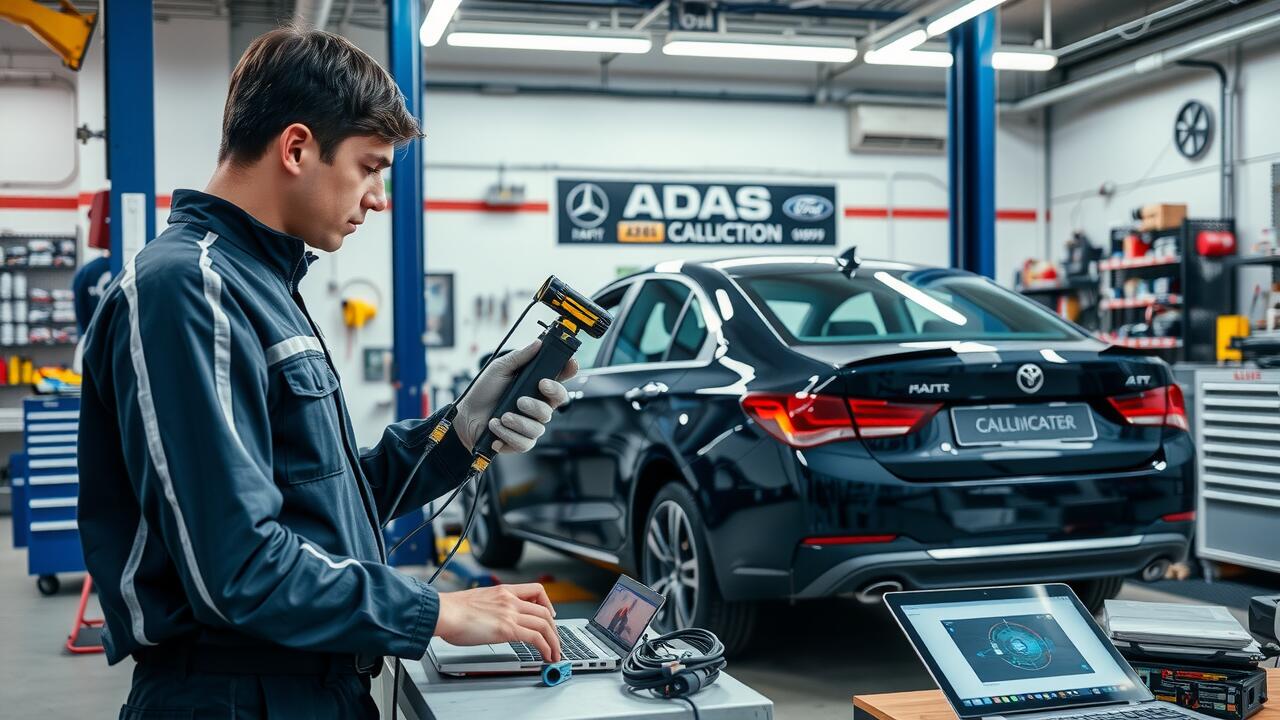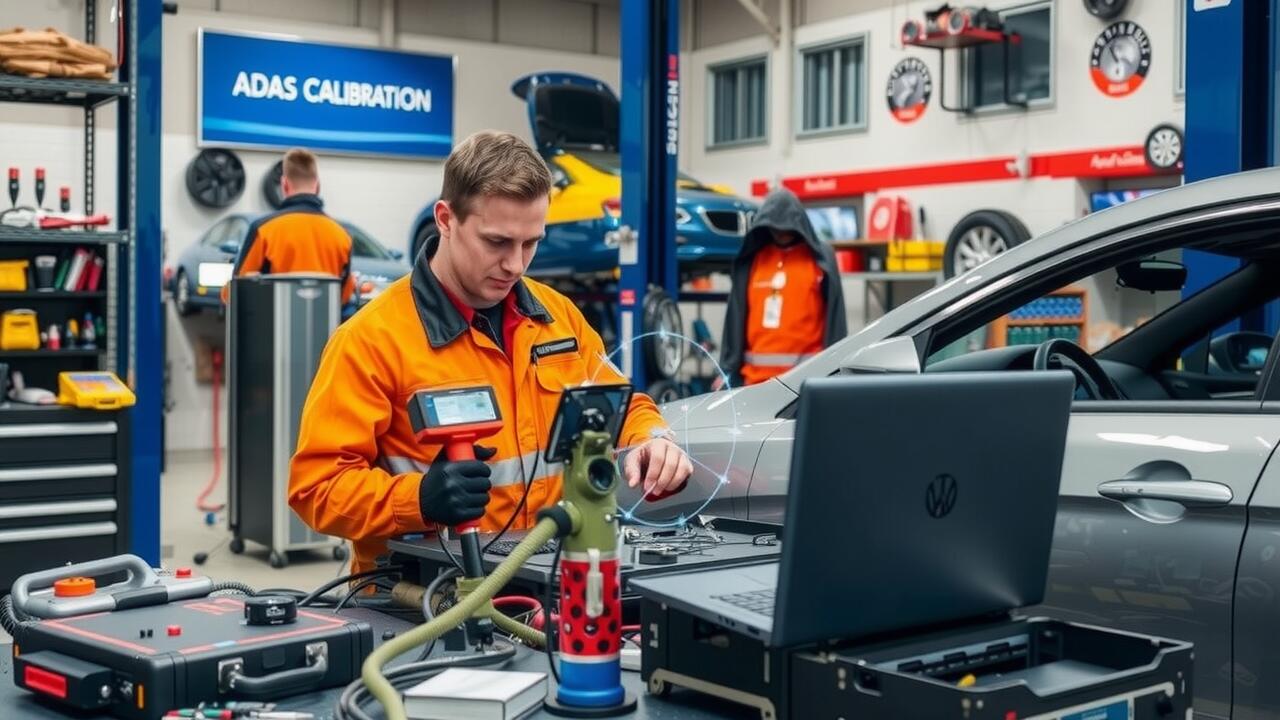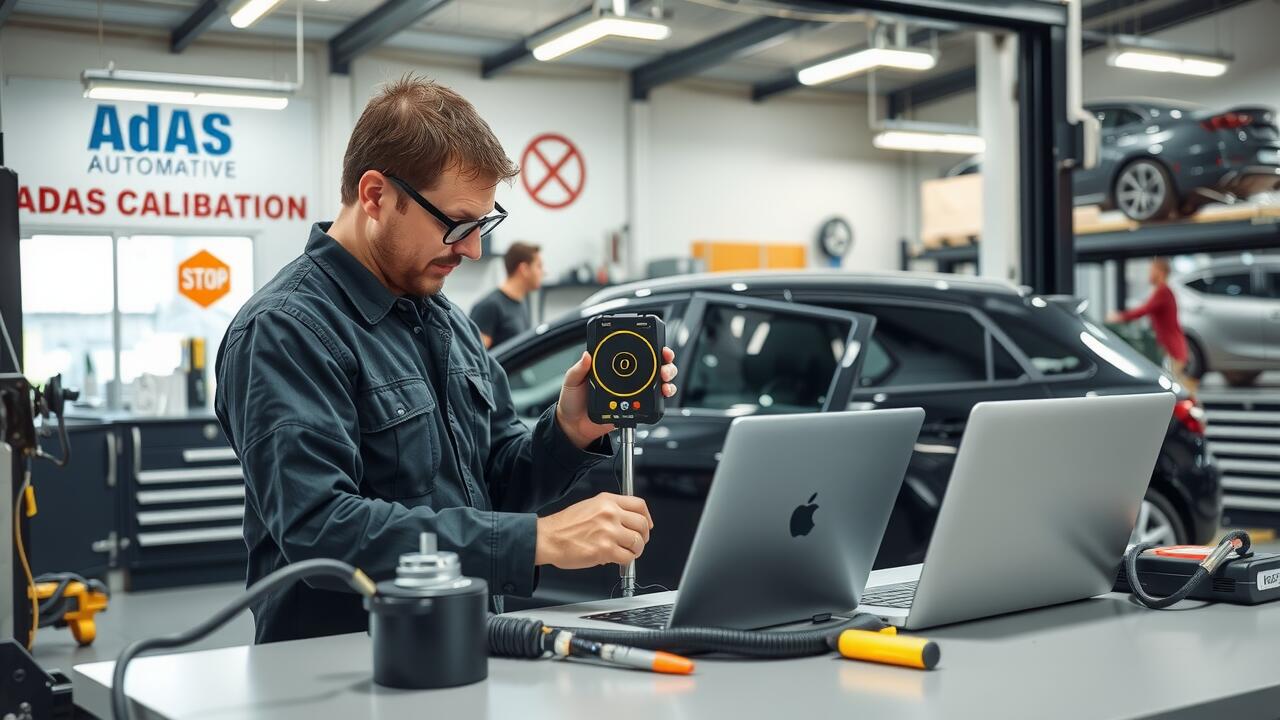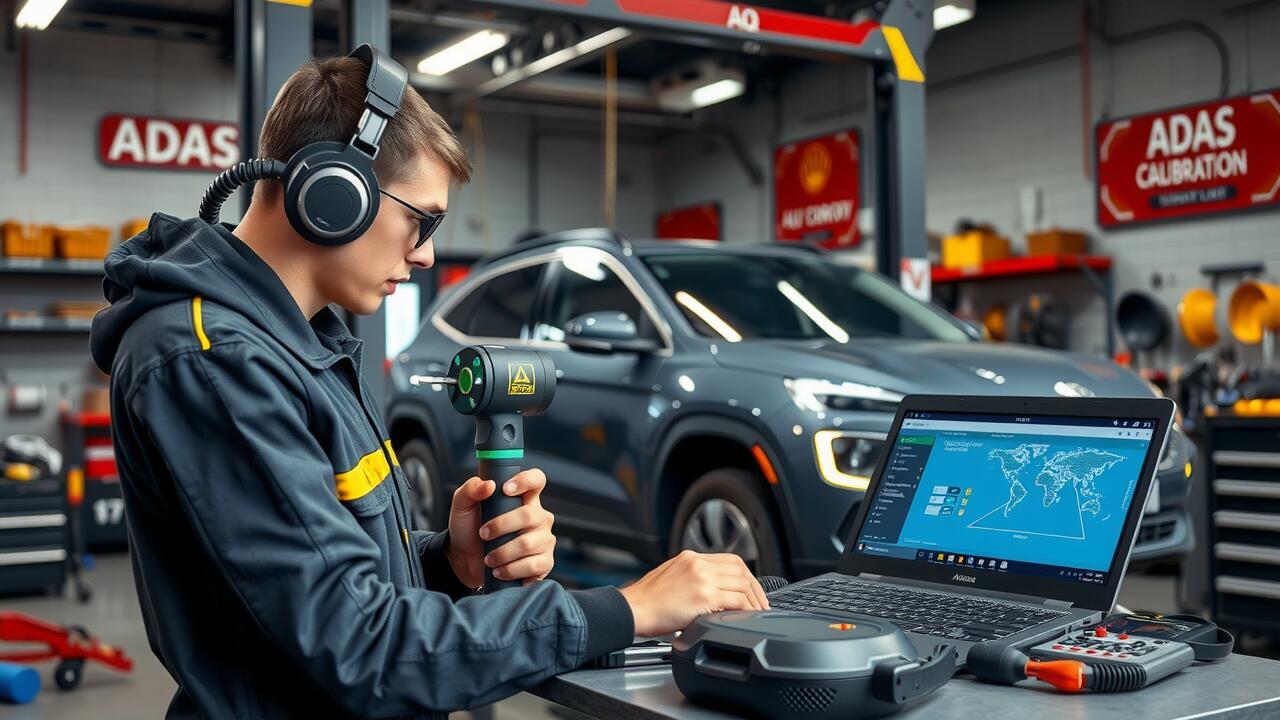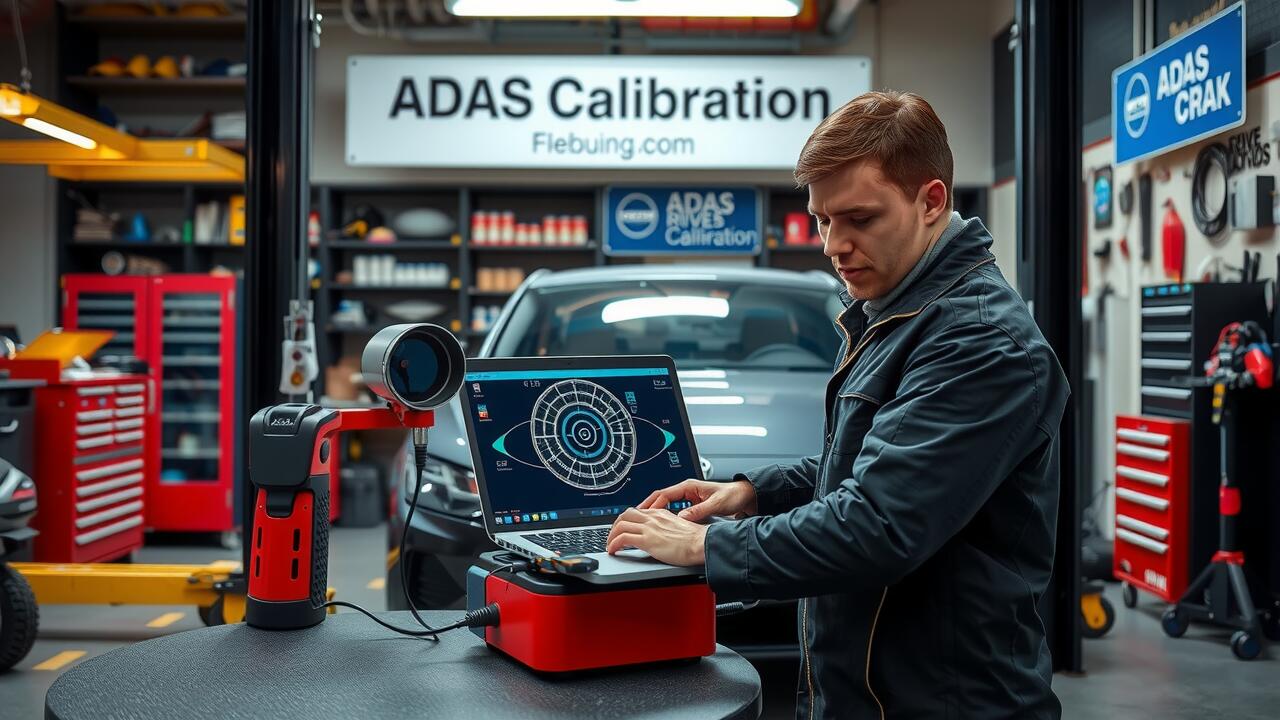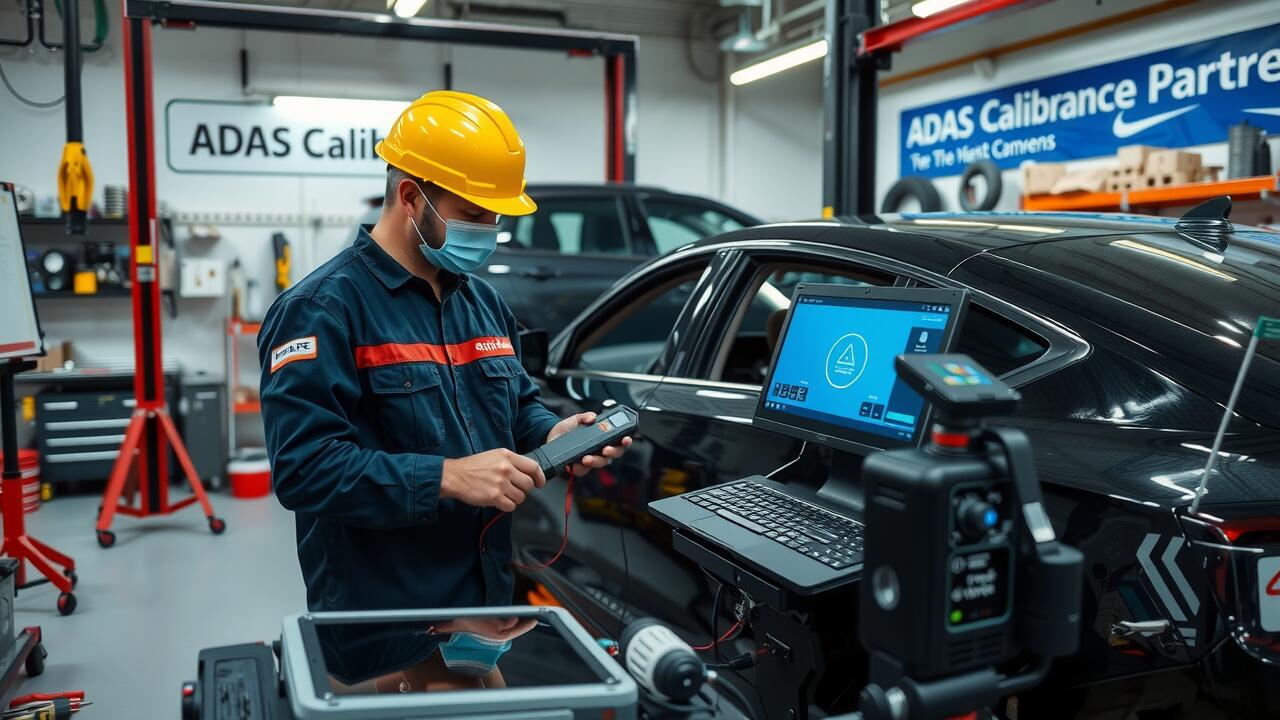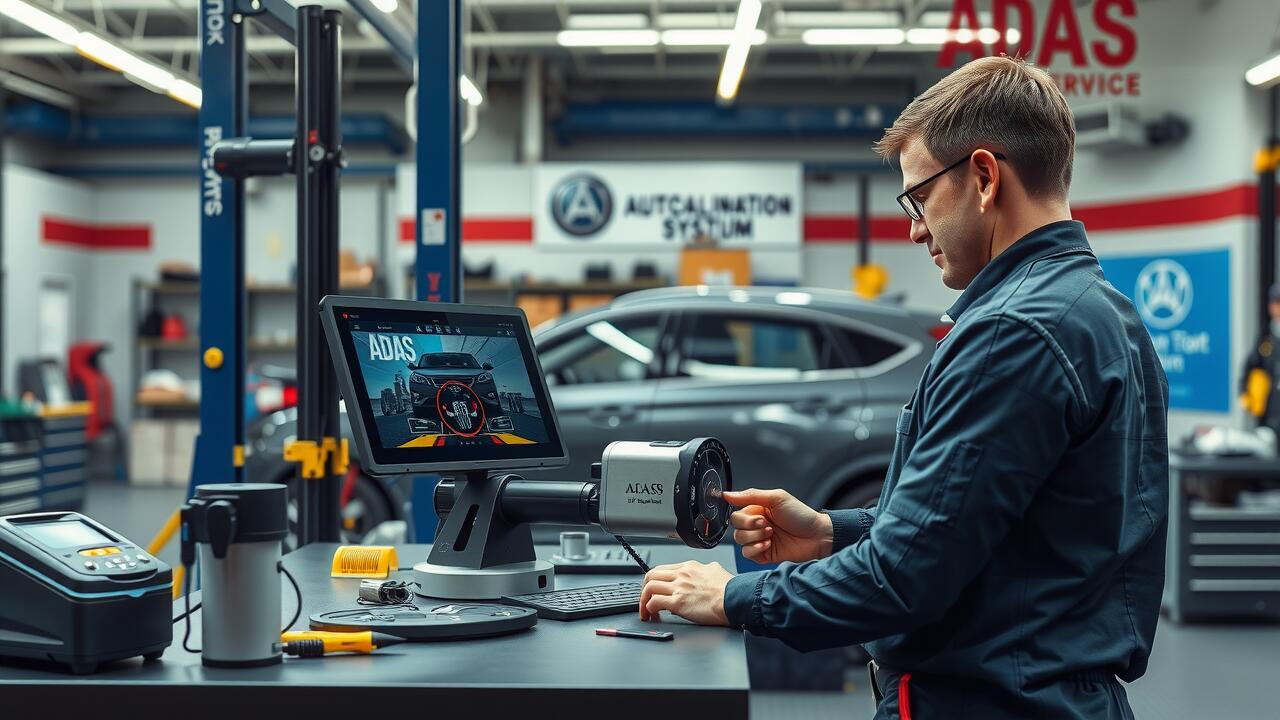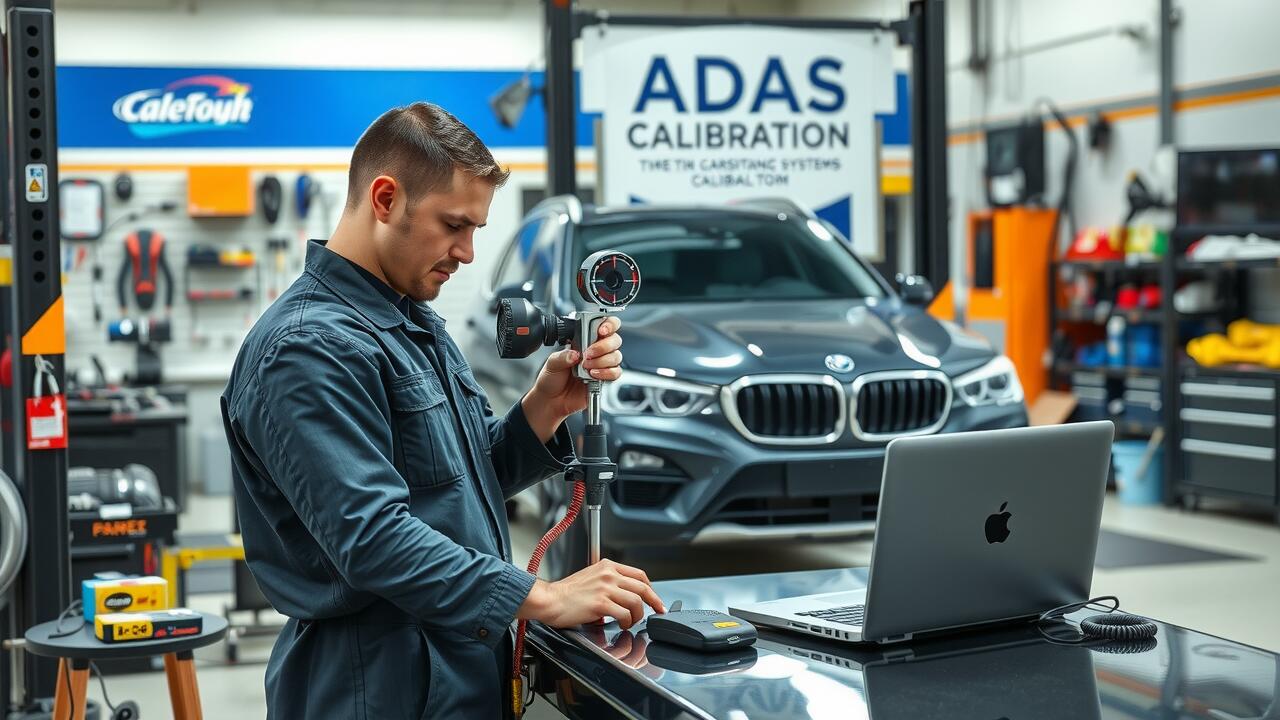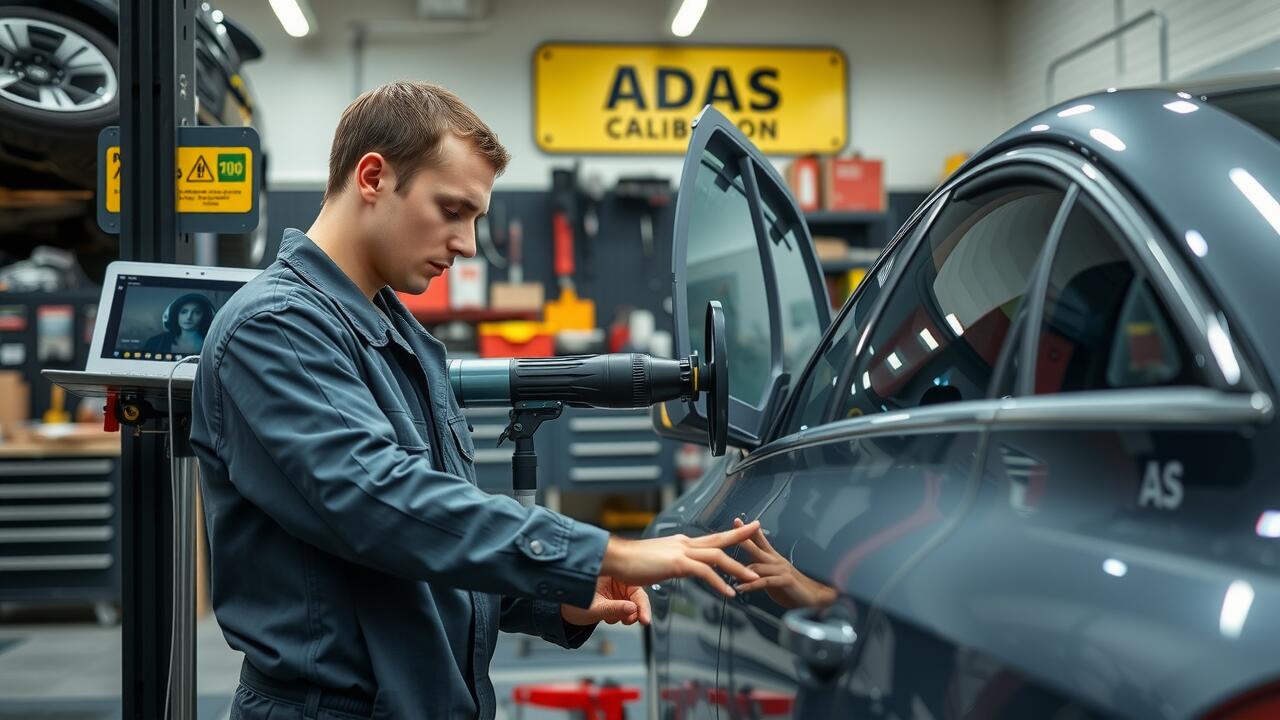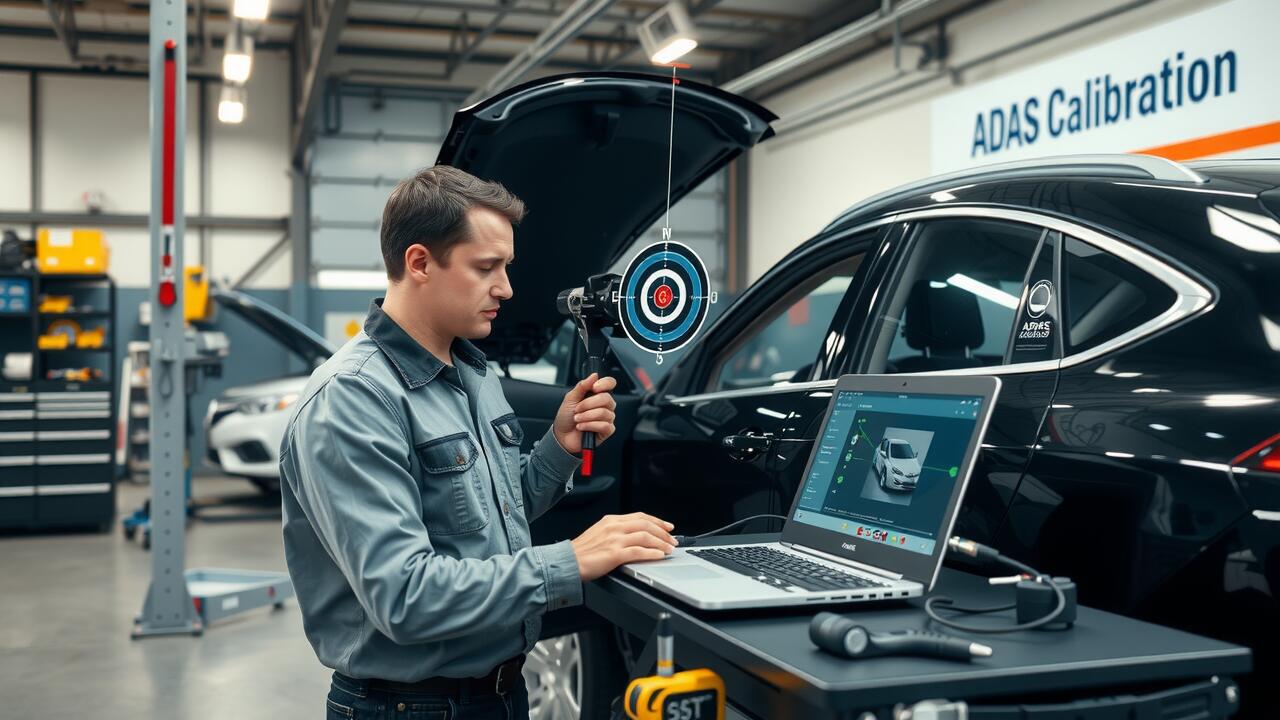
Table Of Contents
Frequency of Calibration Checks
The frequency of calibration checks for Advanced Driver Assistance Systems (ADAS) is crucial for ensuring vehicle safety and performance. Manufacturers typically recommend these checks following specific events such as a collision, suspension changes, or significant wheel alignment adjustments. Regular maintenance also plays a vital role. Vehicles operating in diverse conditions, such as rough terrains or inclement weather, may require more frequent ADAS alignment checks to account for the impact of environmental factors.
Routine calibration assessments help to maintain the integrity of these systems. Many experts suggest conducting alignment checks annually or every 20,000 to 30,000 kilometres, depending on driving habits and conditions. Drivers should stay aware of any warning signs, such as discrepancies in lane-keeping assist or adaptive cruise control performance. Ensuring the ADAS alignment remains accurate safeguards the vehicle’s functionality and increases safety on the road.
When and Why to Schedule Regular Maintenance
Regular maintenance is vital for Advanced Driver Assistance Systems (ADAS) to function optimally. Keeping up with scheduled calibration checks ensures that systems such as adaptive cruise control and lane-keeping assist operate as intended. Vehicles equipped with ADAS often undergo calibration after incidents like collisions or when parts are replaced. These situations create a risk of misalignment that could compromise safety features, making it crucial to maintain accurate ADAS alignment.
In addition to repairs, environmental factors can also impact the calibration of these systems. Changes in terrain or even tire wear can affect how ADAS components interact with the vehicle. Scheduling maintenance checks at regular intervals allows drivers to address potential issues proactively. This practice not only enhances vehicle reliability but also promotes safety on the road by ensuring that all systems function harmoniously.
The Calibration Process Explained
Calibration of Advanced Driver Assistance Systems (ADAS) is a crucial process that ensures these technologies function correctly. The initial step usually involves a thorough inspection of the vehicle to identify any discrepancies in sensor placement or functionality. Once any issues are pinpointed, technicians proceed with the necessary adjustments, which often requires specialised equipment to achieve precise measurements. This stage often includes the all-important ADAS alignment to guarantee that sensors are correctly oriented and properly interacting with the vehicle's systems.
Following the alignment, technicians typically conduct a series of tests to verify that the calibration has been successful. These tests may involve driving the vehicle under controlled conditions to assess its responses and the effectiveness of the assistance systems. Any further adjustments are made if the systems do not perform as expected. Proper calibration ensures the vehicle maintains optimal safety features, enhancing overall driving experience and reducing the likelihood of accidents caused by misaligned sensors.
Step-by-Step Overview of Calibration
The calibration process for Advanced Driver-Assistance Systems (ADAS) involves several critical steps to ensure optimal performance. Initially, the vehicle is placed on a flat surface, allowing technicians to verify the manufacturer's specifications for the ADAS components. Measurements are taken to assess the position of sensors and cameras, ensuring they align correctly with the vehicle's trajectory and reference points.
Next, specialised equipment is used to perform the actual calibration. This may involve dynamic calibration methods where the vehicle is driven on specific road courses to gather data, or static calibration that requires specific targets placed around the vehicle. Throughout this process, ADAS alignment must be meticulously checked and adjusted, as even minor discrepancies can lead to significant issues in system performance. The final step includes comprehensive testing to confirm that all systems operate correctly, ensuring the vehicle can respond safely in various driving conditions.
Consequences of Improper Calibration
Improper calibration of Advanced Driver Assistance Systems (ADAS) can lead to significant safety risks on the road. An incorrect ADAS alignment may result in features like adaptive cruise control or lane-keeping assistance failing to operate as intended. This not only jeopardises the safety of the vehicle occupants but also poses a threat to other road users. Drivers may develop a false sense of security, relying on malfunctioning systems to alert them to hazards, which can ultimately lead to more serious accidents.
In addition to safety concerns, the financial implications of miscalibrated systems can be substantial. Insurance premiums may rise due to increased accident risks associated with faulty ADAS alignment. Moreover, ongoing maintenance and repair costs can escalate if problems go unnoticed, leading to more extensive damage over time. With the complexity of modern vehicles, ensuring accurate calibration of ADAS is not just beneficial; it is essential for both financial prudence and safety on the roads.
Real-World Examples of Calibration Failures
In urban areas, instances of calibration failures have become increasingly evident. One notable case involved a vehicle equipped with advanced driver-assistance systems (ADAS) which failed to recognise traffic signs due to improper ADAS alignment after a significant repair. The drivers found themselves perplexed when their vehicle couldn’t respond appropriately to speed limits, resulting in dangerous situations that could have led to accidents. This incident showcased the critical importance of correct ADAS calibration, particularly after any work is performed on the vehicle.
Another example occurred with a fleet of delivery vans that underwent routine maintenance procedures without sufficient ADAS alignment checks. After a series of near misses while navigating tight city streets, it was revealed that the collision avoidance system was not functioning as intended. The misaligned sensors led to false readings, complicating the drivers' ability to gauge their surroundings correctly. This highlighted not only the risks associated with inadequate calibration but also the potential financial implications of accidents stemming from such oversights.
FAQS
What is ADAS and why is calibration important?
ADAS stands for Advanced Driver Assistance Systems. Calibration is crucial as it ensures the sensors and cameras used in these systems are accurately aligned and functioning correctly, which is vital for the safety and effectiveness of the technology.
How often should ADAS calibration be checked?
It is recommended to have ADAS calibration checked regularly, typically during routine vehicle maintenance or whenever significant repairs are made, such as after a collision or when replacing parts that affect the system.
What can happen if ADAS is not calibrated properly?
If ADAS is not calibrated properly, it can lead to inaccurate readings, reduced performance of safety features, and an increased risk of accidents, compromising the overall safety of the vehicle.
What steps are involved in the ADAS calibration process?
The ADAS calibration process usually involves a series of checks, adjustments, and tests of the vehicle's sensors and cameras, often requiring specialised equipment and software to ensure everything is correctly aligned and functioning.
Can I perform ADAS calibration myself?
It is not advisable to perform ADAS calibration yourself, as it requires specialised knowledge, tools, and equipment. It is best to have a qualified technician carry out the calibration to ensure safety and compliance with manufacturer standards.
